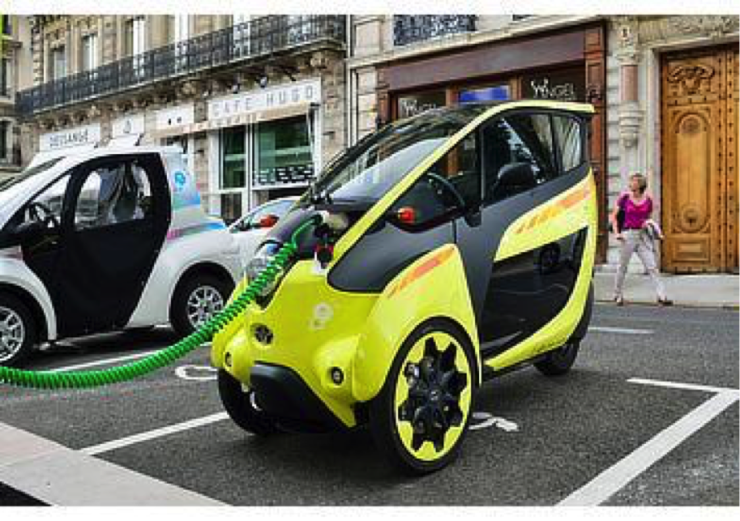Kia’s unveiling of the Concept PV5 and PV7 marks a major milestone in electric vehicle development, targeting a 2025 release. These models blend modern aesthetics with practical design, catering to diverse urban transport and logistics needs. The PV5 and PV7 are designed with both scalability and versatility in mind, making them perfect for various business applications, from passenger transportation to cargo delivery.
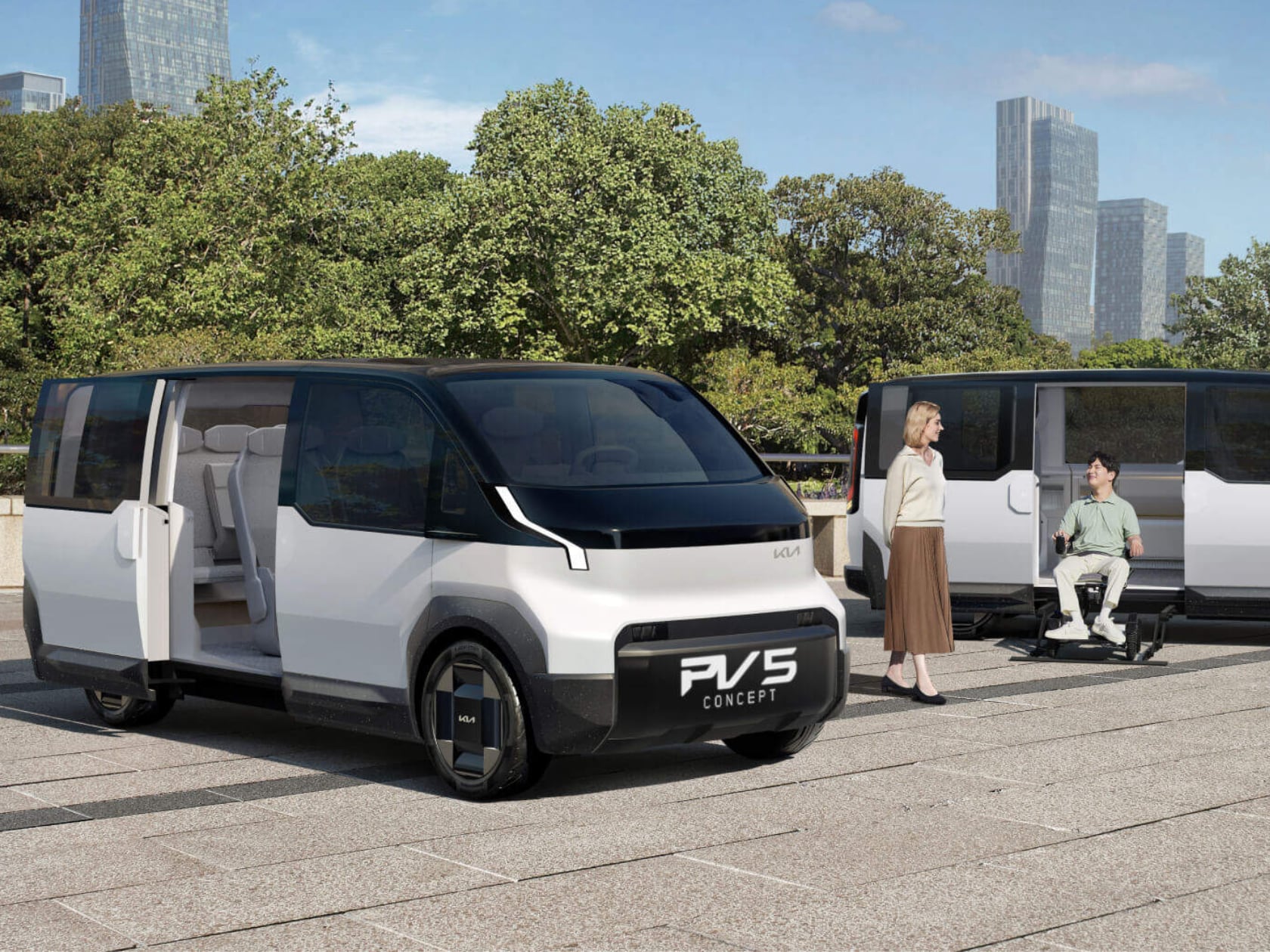
Designer: KIA
The PV5’s exterior features sleek, aerodynamic lines and a striking two-tone color scheme that conveys a futuristic and professional look. Large, seamless windows enhance visibility and contribute to the high-tech aesthetic, while the minimalist front design with integrated LED headlights adds a touch of sophistication. The vehicle is available in three body types: Basic (Passenger), Van (Delivery), and Chassis Cab, providing flexibility for businesses that require different configurations. The Basic model prioritizes comfort and space, featuring wide double doors and a flat floor to maximize interior room. It is ideal for urban passenger transport, including taxis and ride-sharing services.
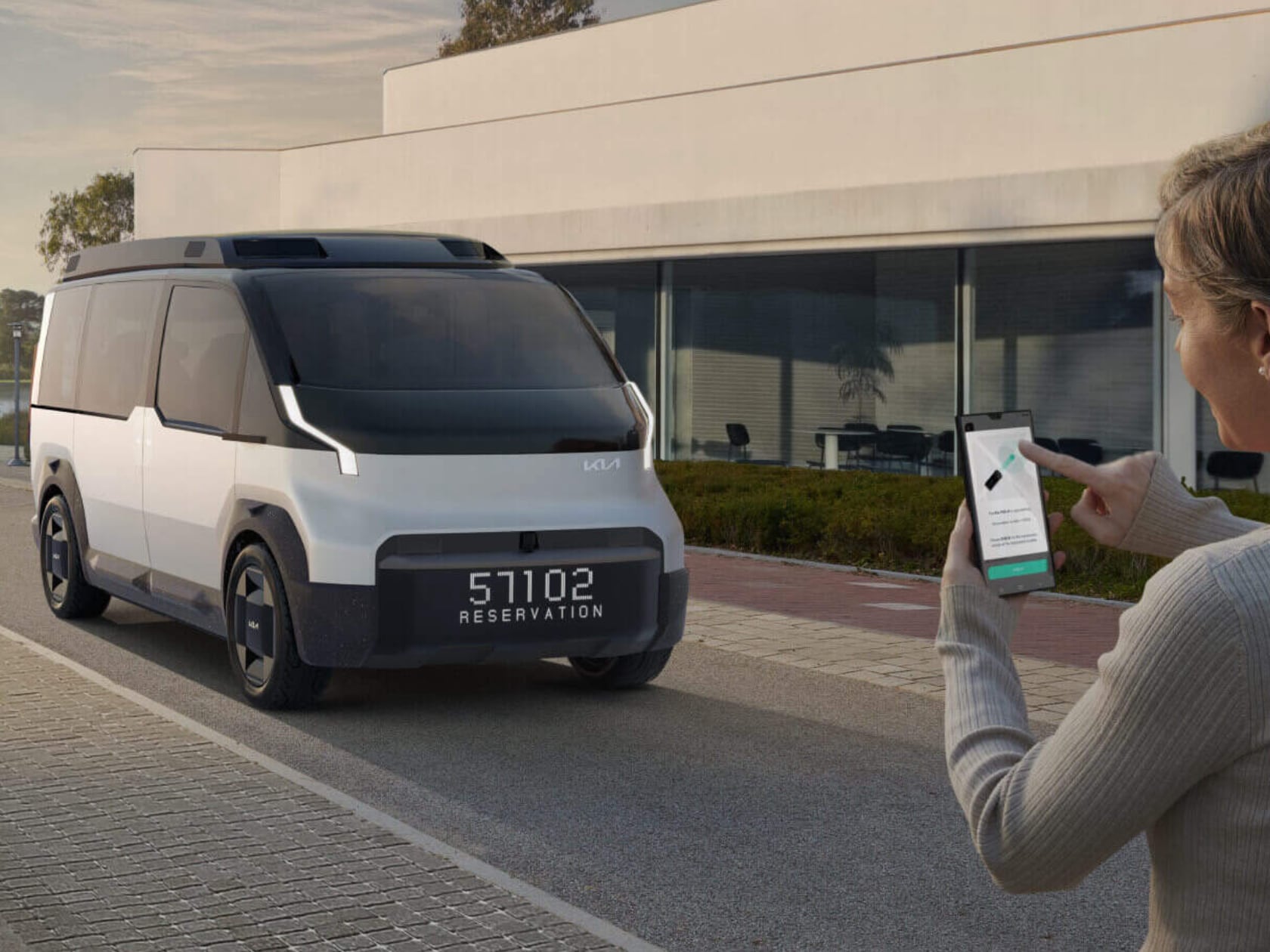
KIA Concept PV5-R
Inside, the PV5 offers a spacious and innovative environment. Ergonomic seats can be configured in multiple ways to meet various needs, and they fold flat to provide additional storage space when necessary. The minimalist dashboard has a digital display that integrates all essential functions, offering the driver a streamlined and efficient interface. Sustainable materials used throughout the interior contribute to a luxurious feel and reflect Kia’s commitment to eco-friendly design. The large touchscreen display in the center console ensures easy access to navigation, entertainment, and vehicle settings, enhancing the connected driving experience. The flat floor design of the electric platform further enhances versatility and space efficiency, making it easier for passengers with mobility issues or those carrying heavy cargo to enter and exit the vehicle.
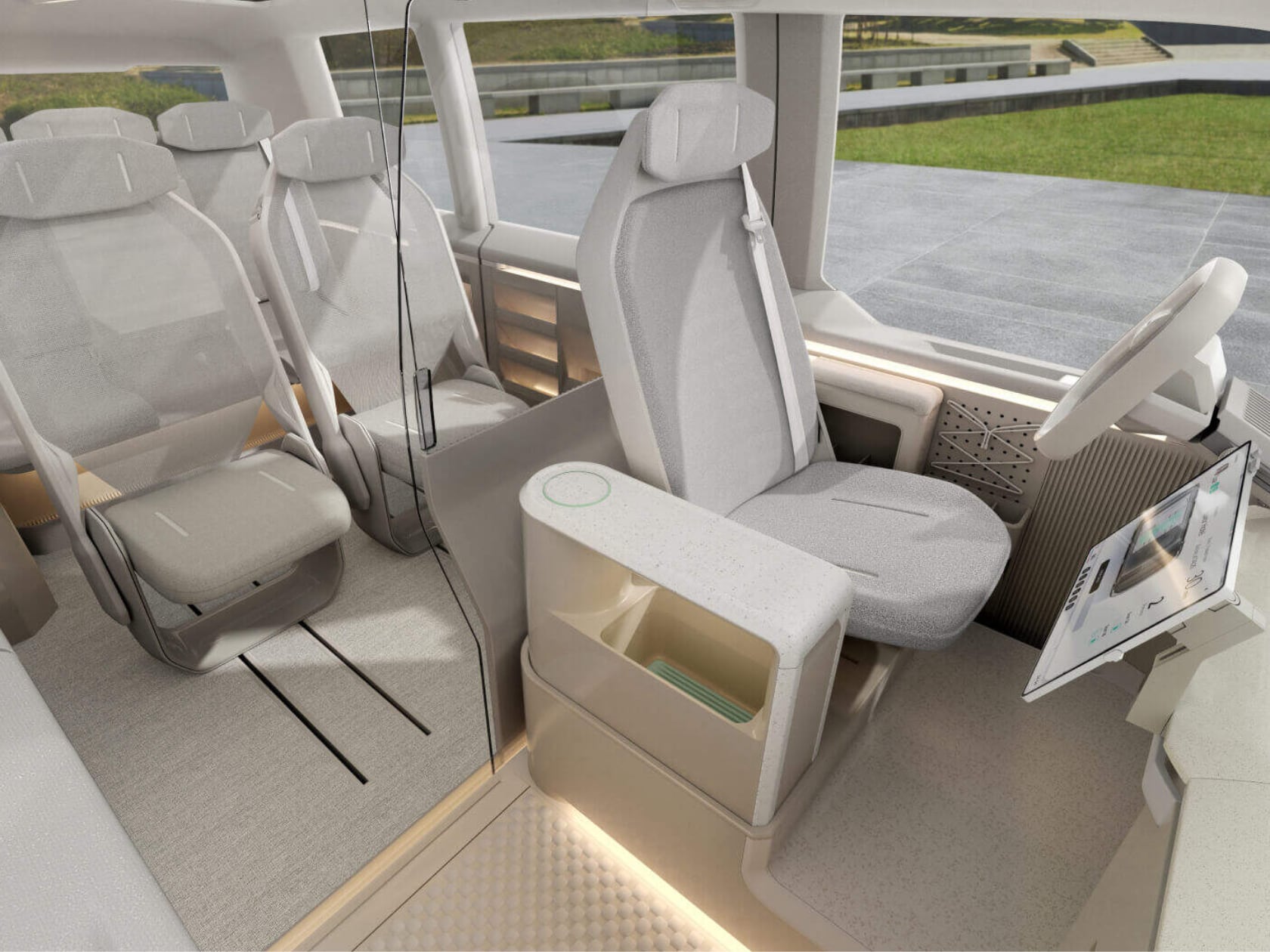
Kia Concept PV5 Basic (Passenger)
The PV5’s Van (Delivery) model is tailored for the transportation of small and medium-sized cargo, featuring ample storage space and wide rear doors for easy access. This model is particularly suited for service industries and delivery businesses, offering a reliable and efficient solution for urban logistics. The Chassis Cab variant offers maximum flexibility, allowing businesses to customize the vehicle for specific needs, such as mobile workshops or specialized service vehicles.
The PV7, a larger sibling in Kia’s PBV lineup, extends these innovations with greater cargo space and advanced features tailored for more extensive transport needs. Both models reflect Kia’s dedication to pushing the boundaries of electric vehicle design, offering practical solutions for various commercial uses. The PV7 builds on the versatility of the PV5, providing more room and possibly additional configurations to meet diverse business demands.
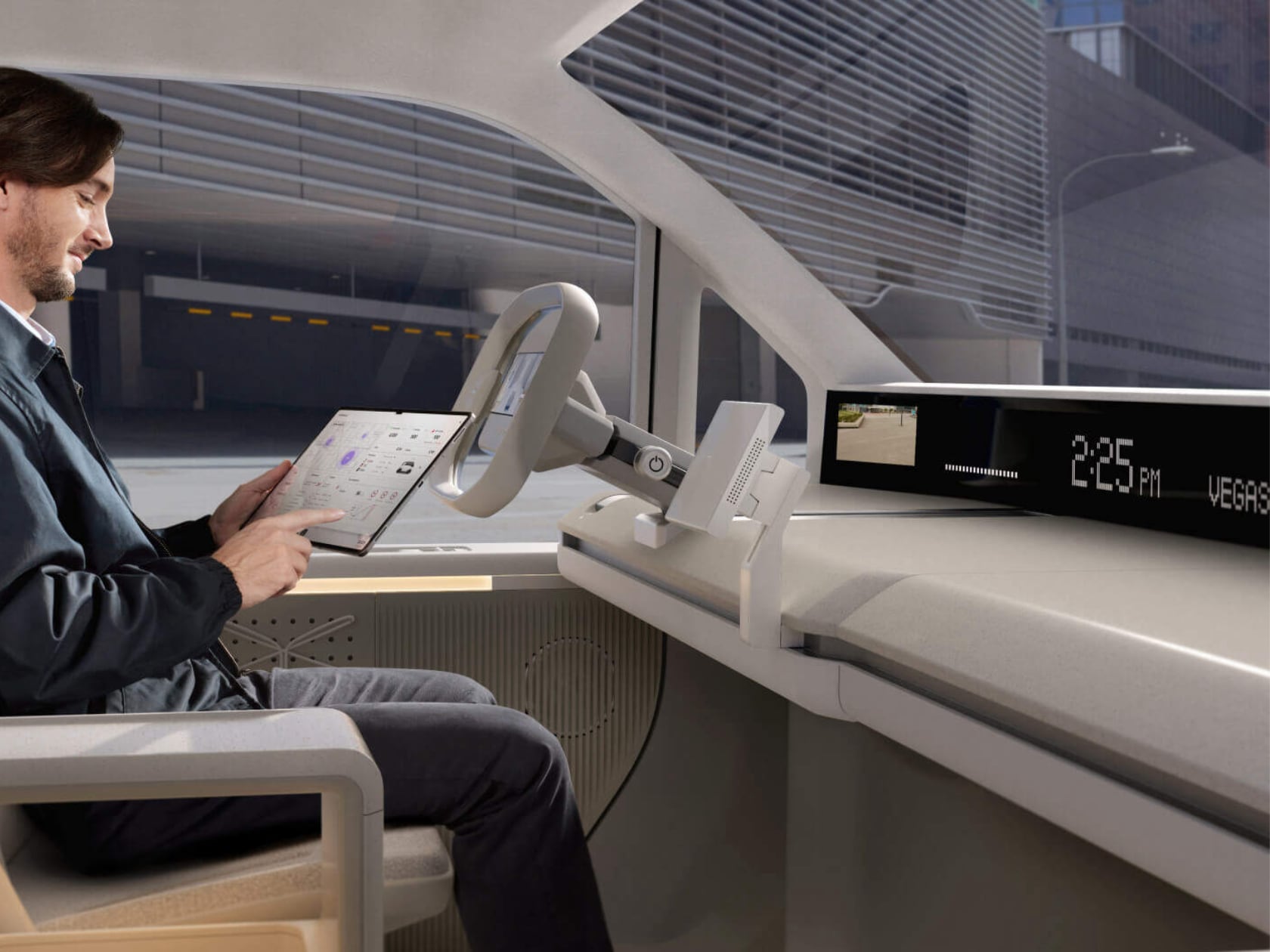
Kia Concept PV5 Van Interior
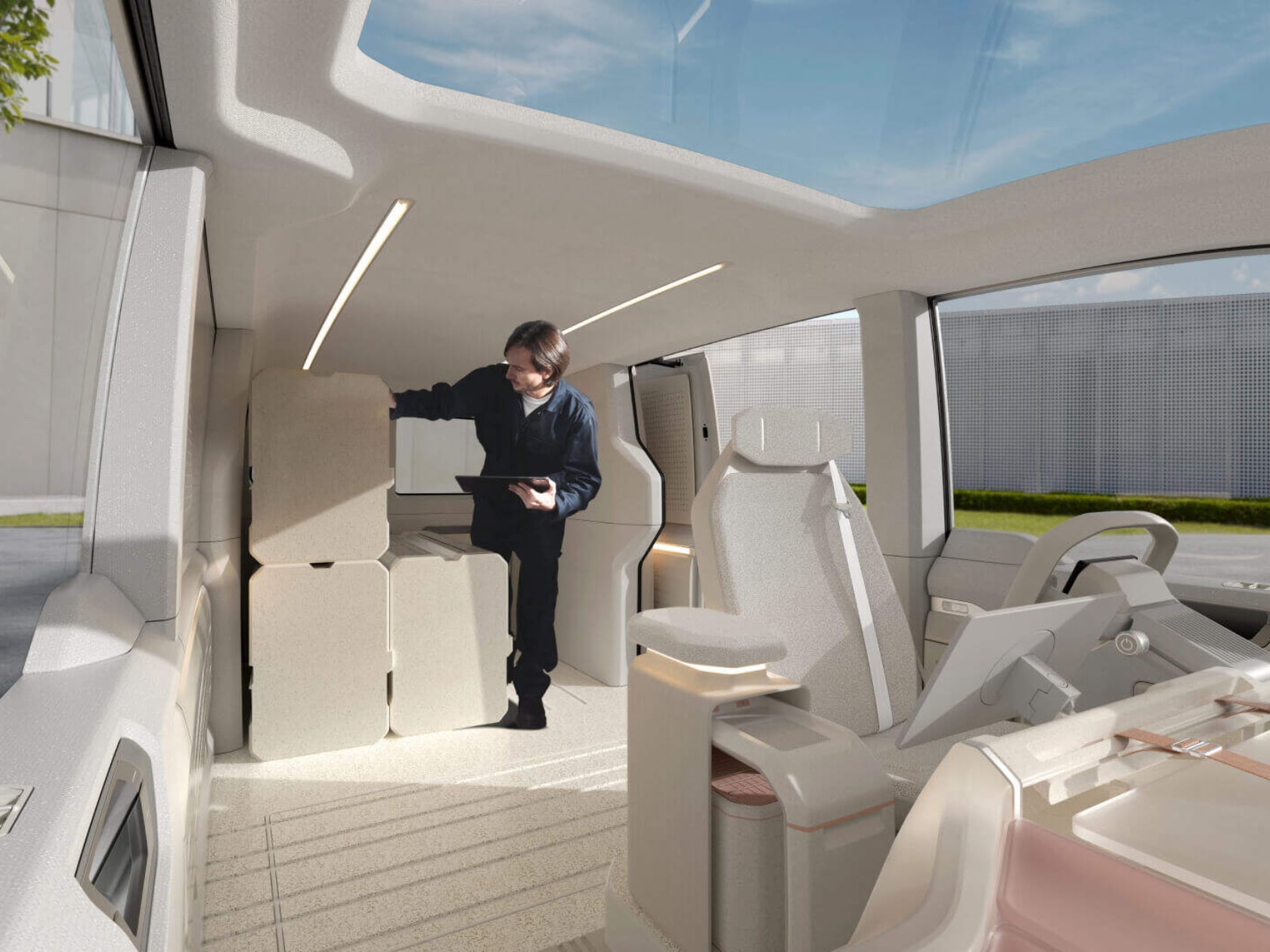
Kia Concept PV7 is Kia’s second PBV and boasts the largest cargo space in the lineup.
Kia’s PV5 and PV7 concepts also hint at future advancements with the planned PV5-R model, incorporating autonomous driving technology. This innovation promises to enhance the appeal of PV5 and PV7 across various industries, offering a modern and efficient solution for urban mobility.
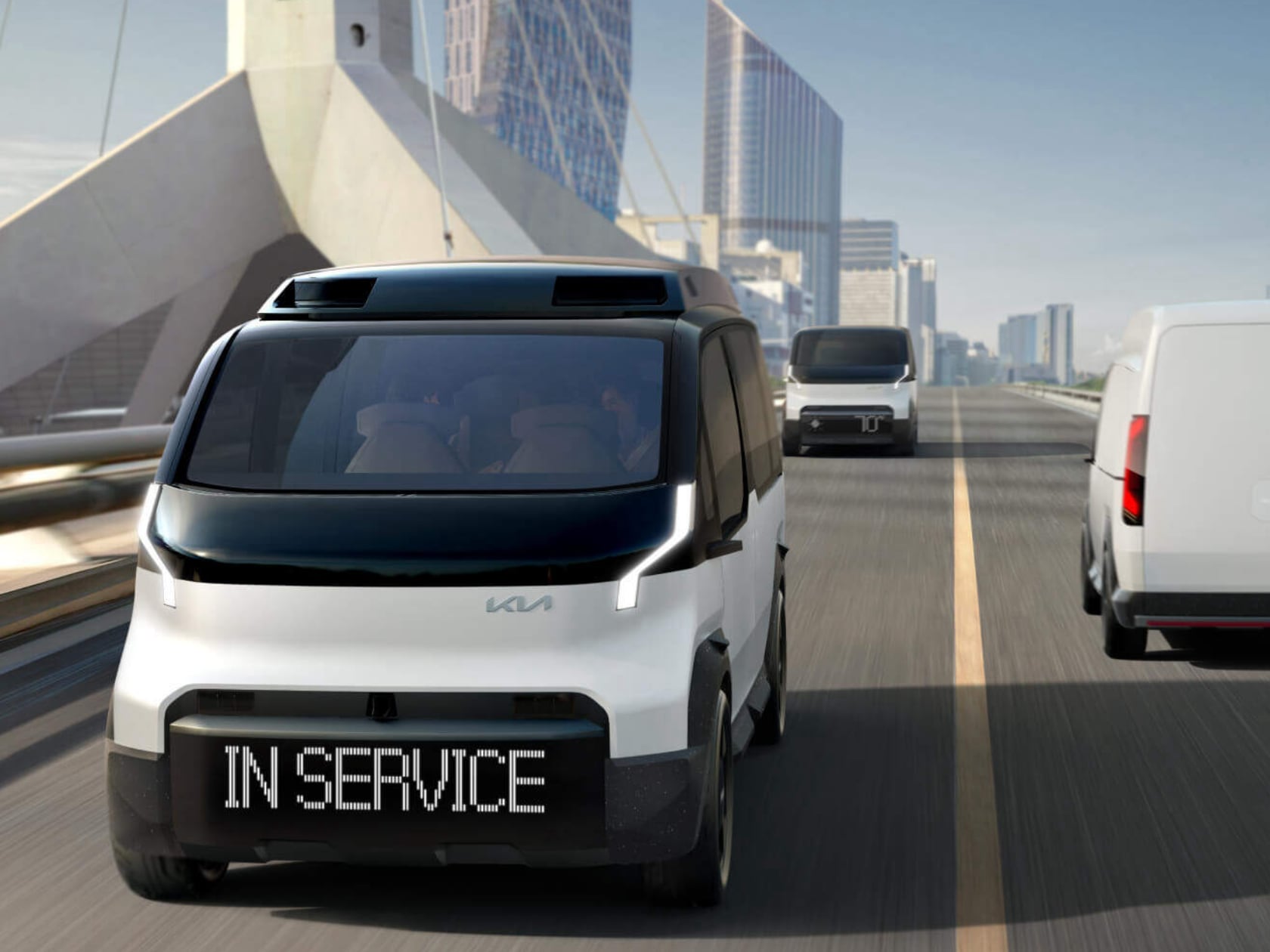
Kia Concept PV5 Basic (Passenger) is a perfect solution for urban passenger transportation such as taxis, ride hailing/sharing, and vehicles for people with disabilities.
Overall, Kia’s PV5 and PV7 concepts represent a significant step forward in the electric vehicle market. Their versatile designs, scalability, and focus on passenger comfort and cargo space position them to meet the diverse needs of businesses and individuals. The anticipated 2025 release marks an exciting milestone for Kia as it continues to innovate and lead in the electric vehicle sector.
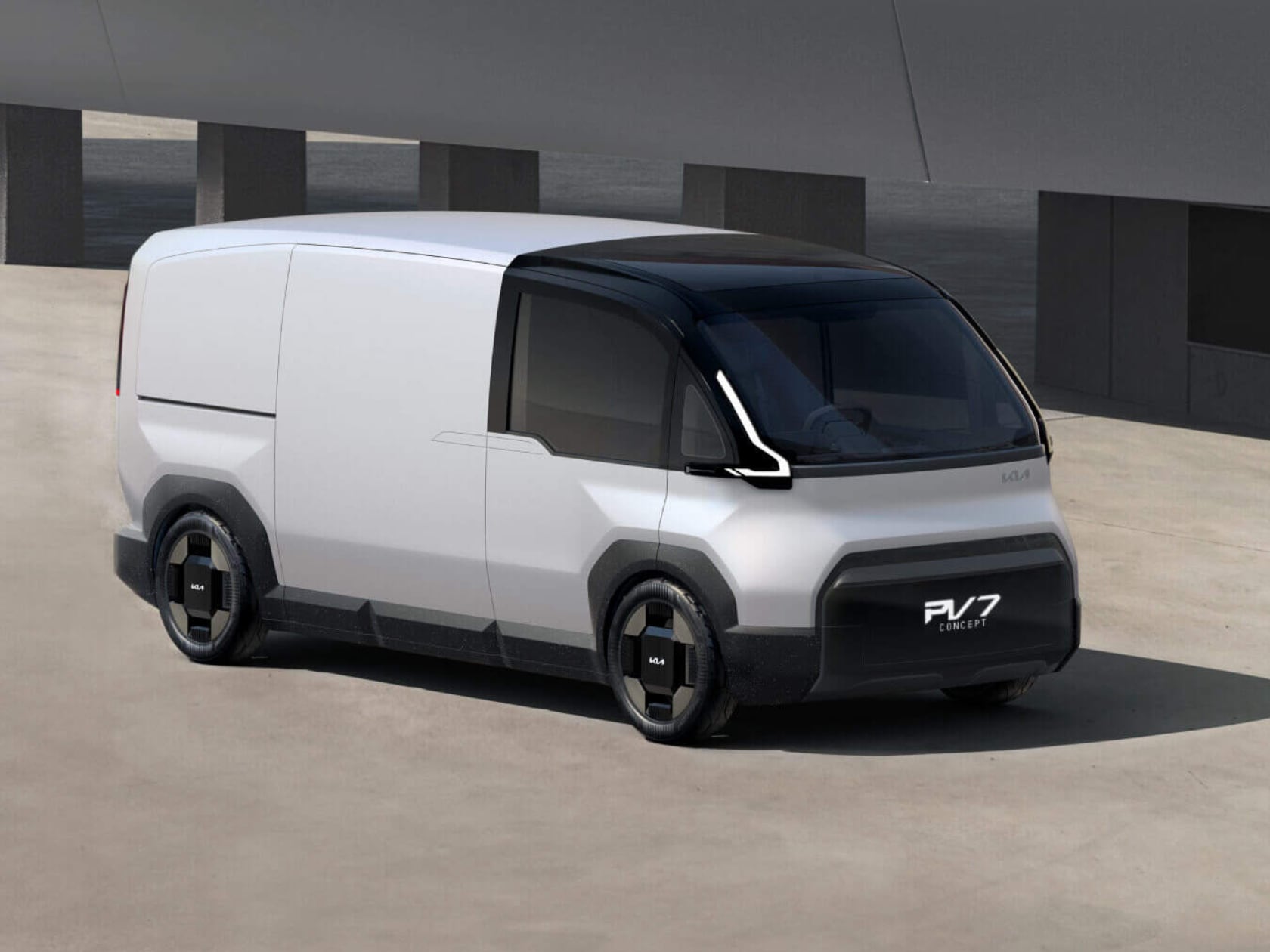
Kia Concept PV7 Cargo Delivery & Multi Van
The post Unveiling Kia PV5 and PV7: The Future of Electric Urban Mobility and Logistics first appeared on Yanko Design.
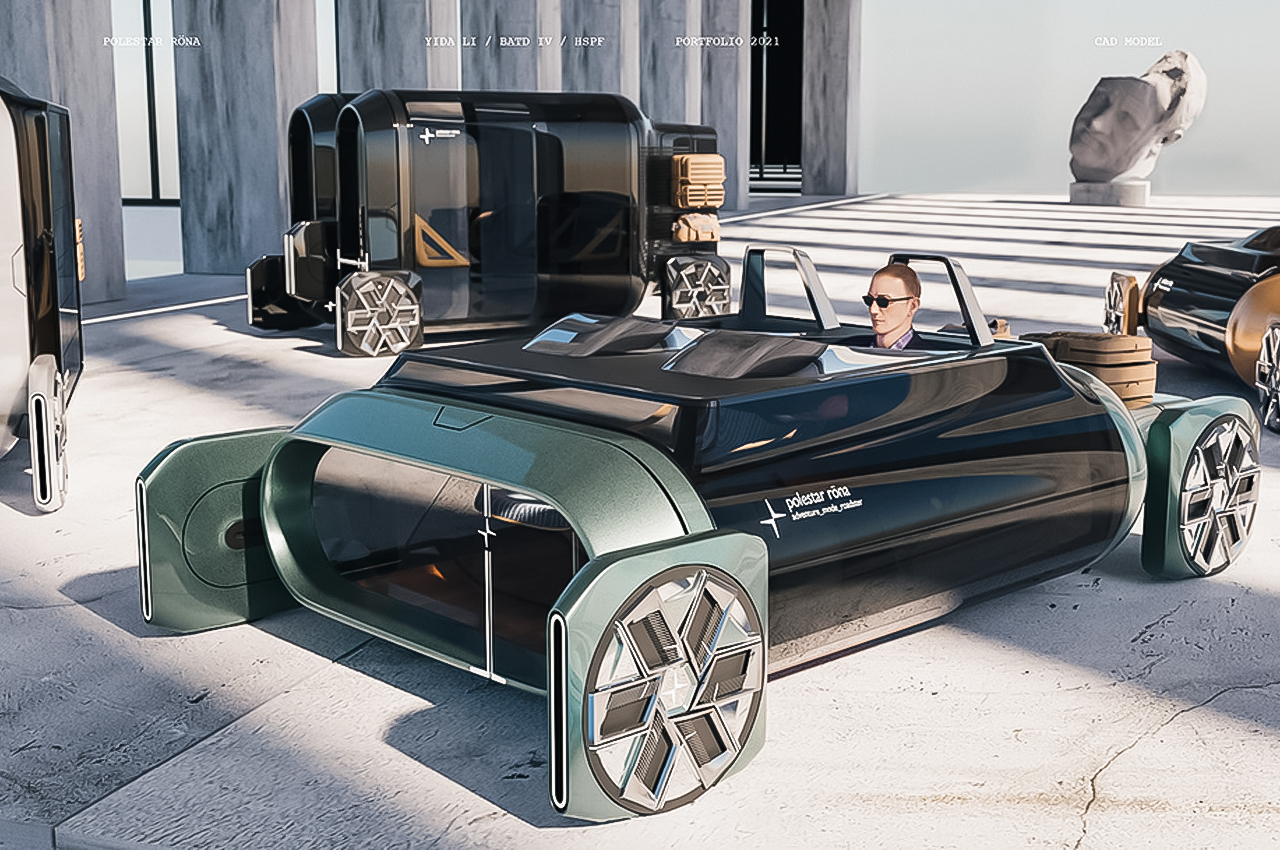
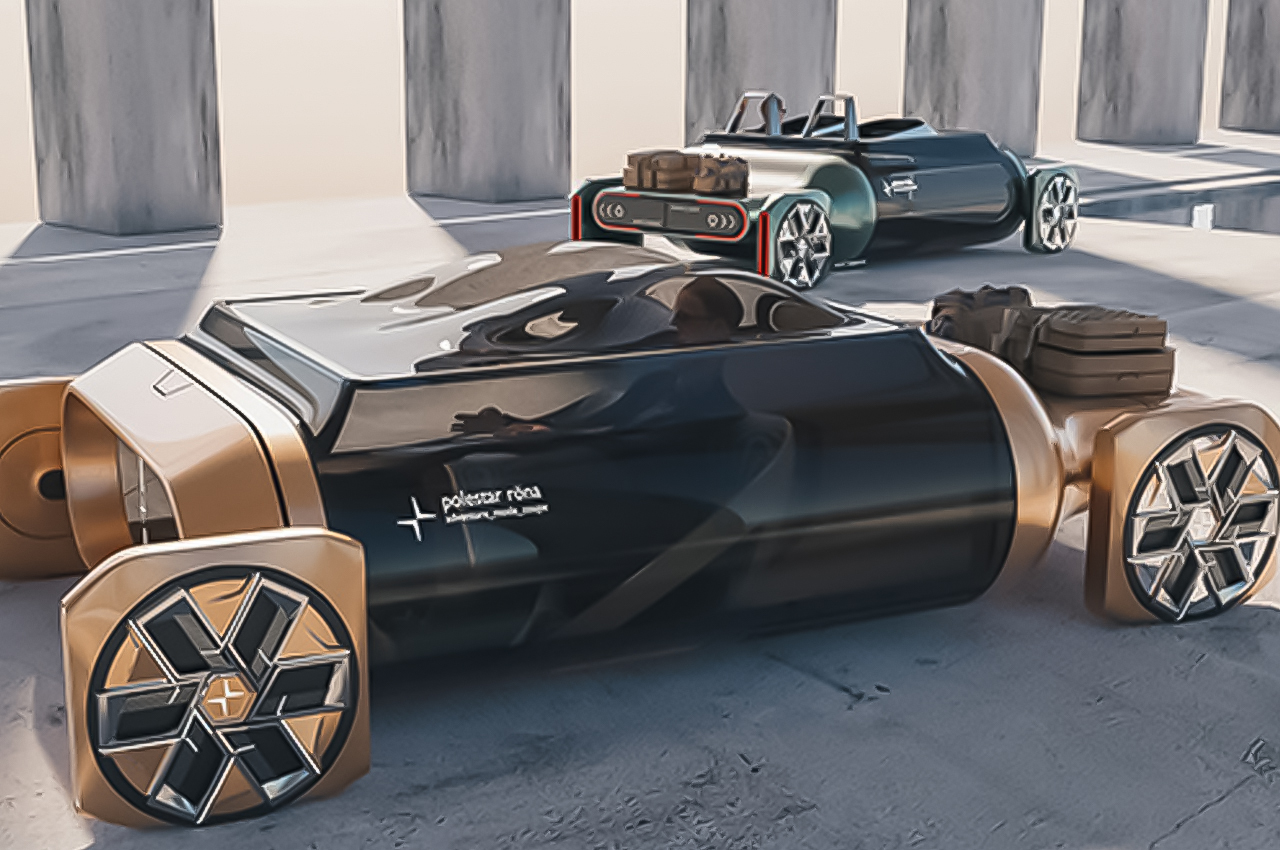
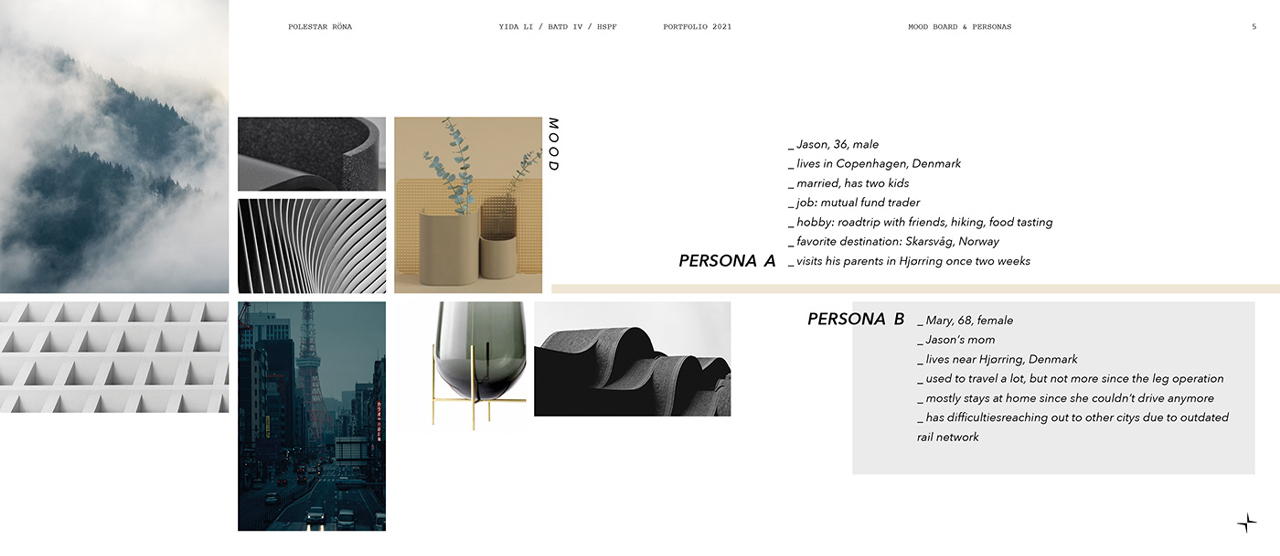
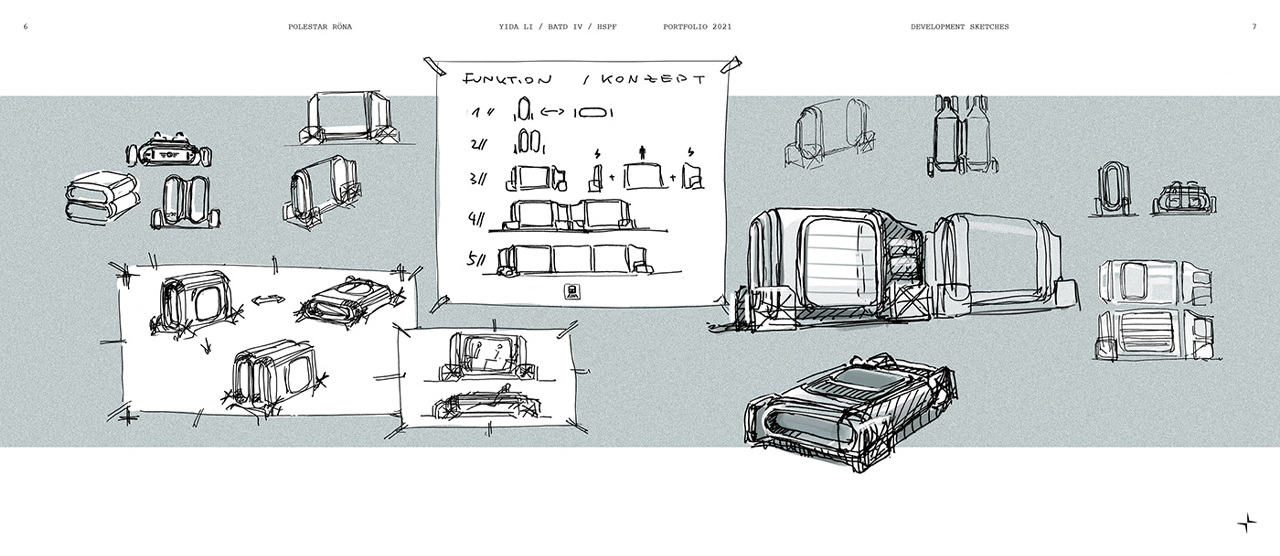
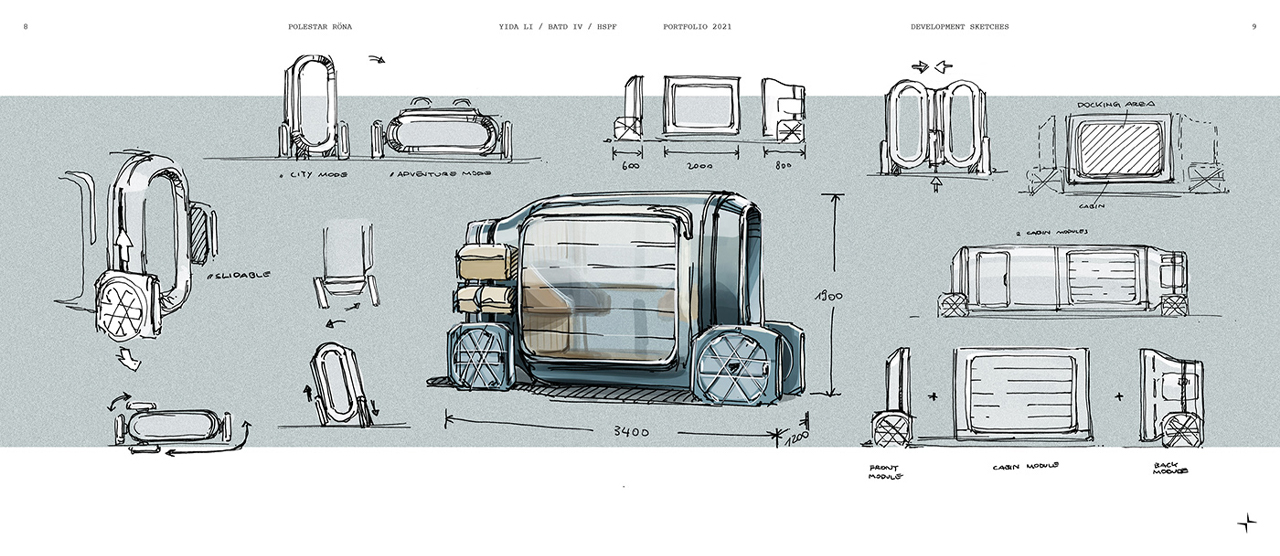
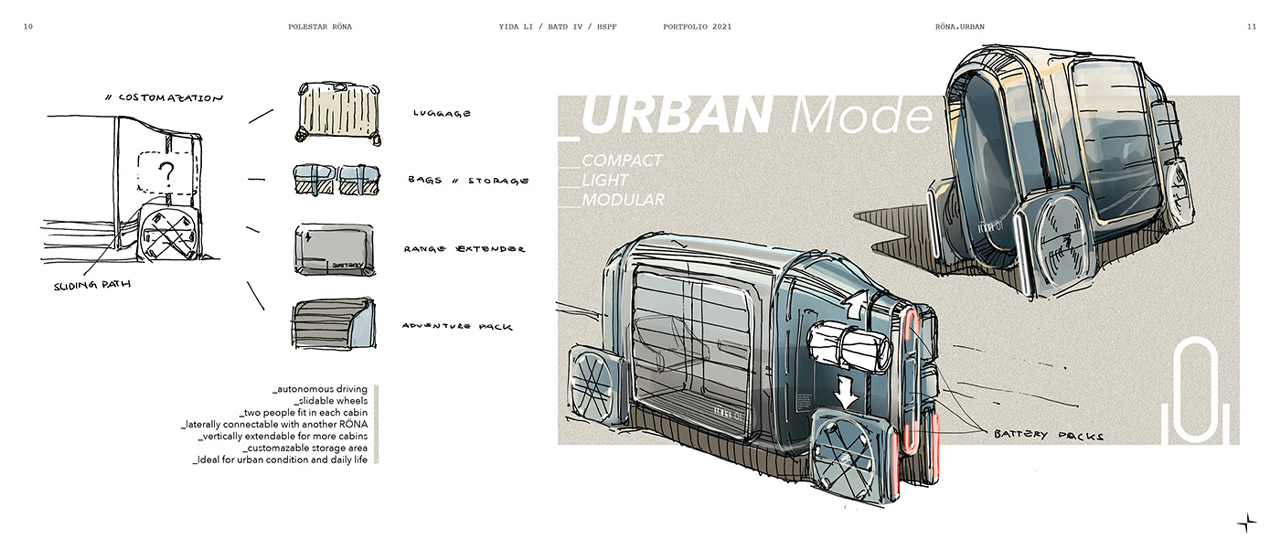
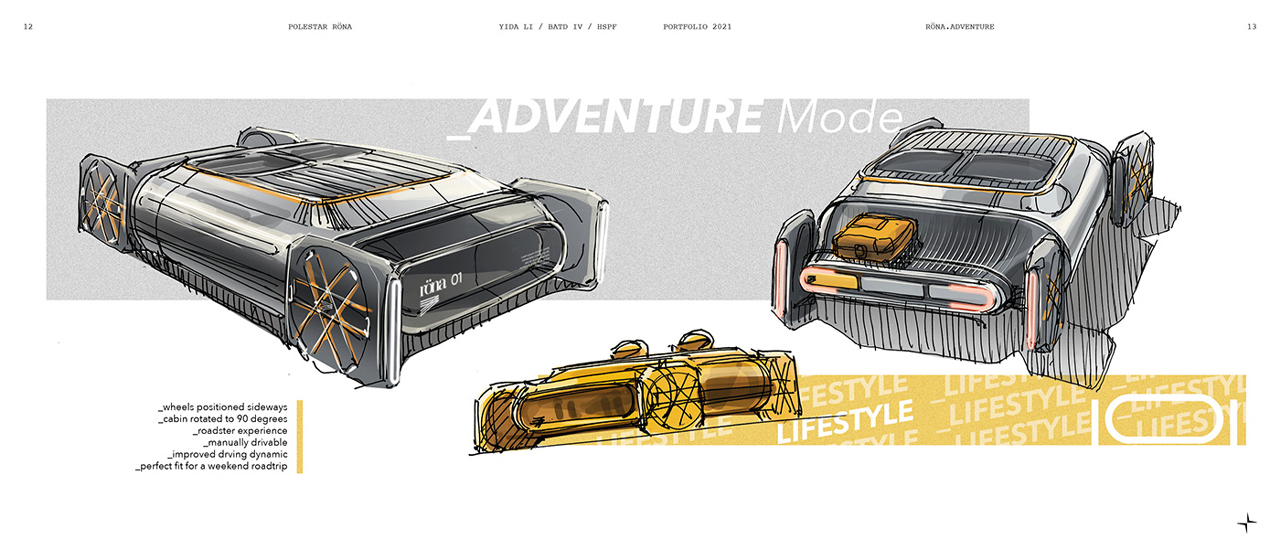
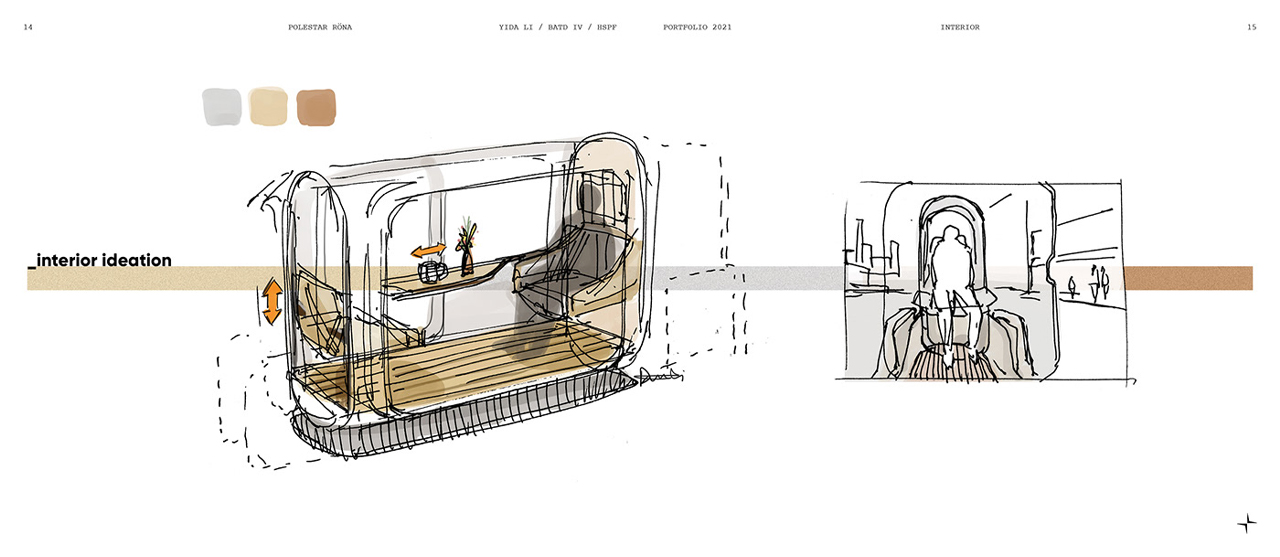
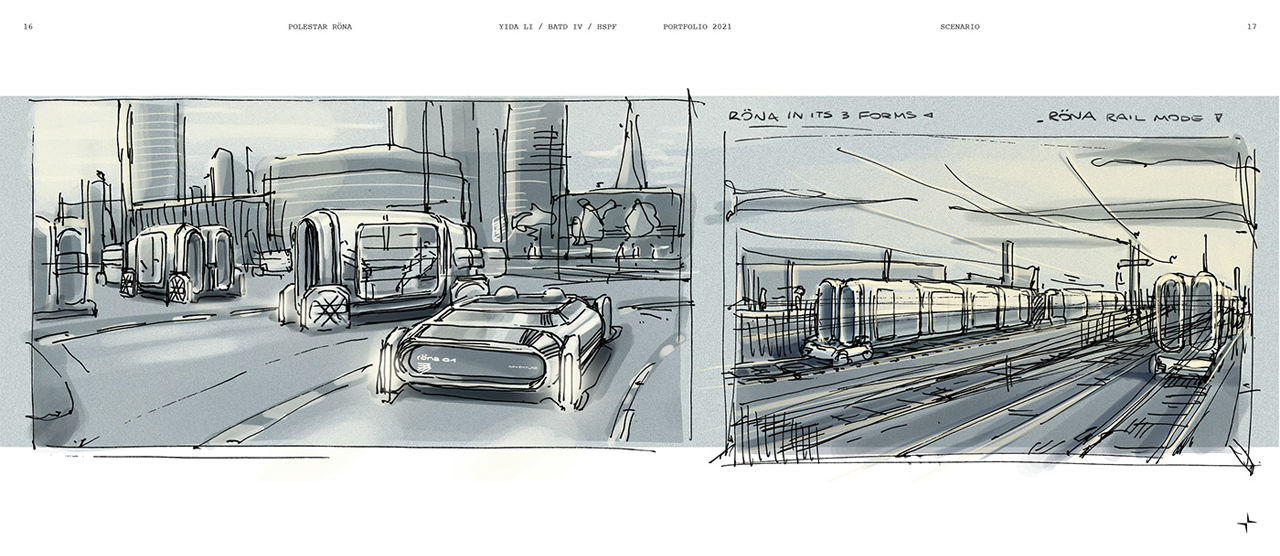
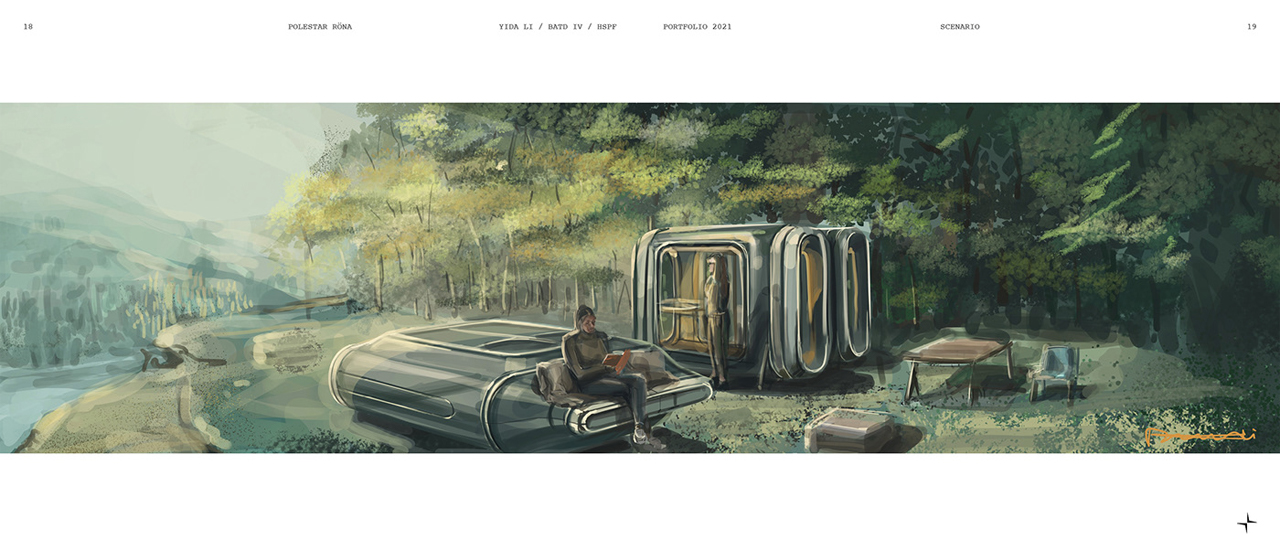
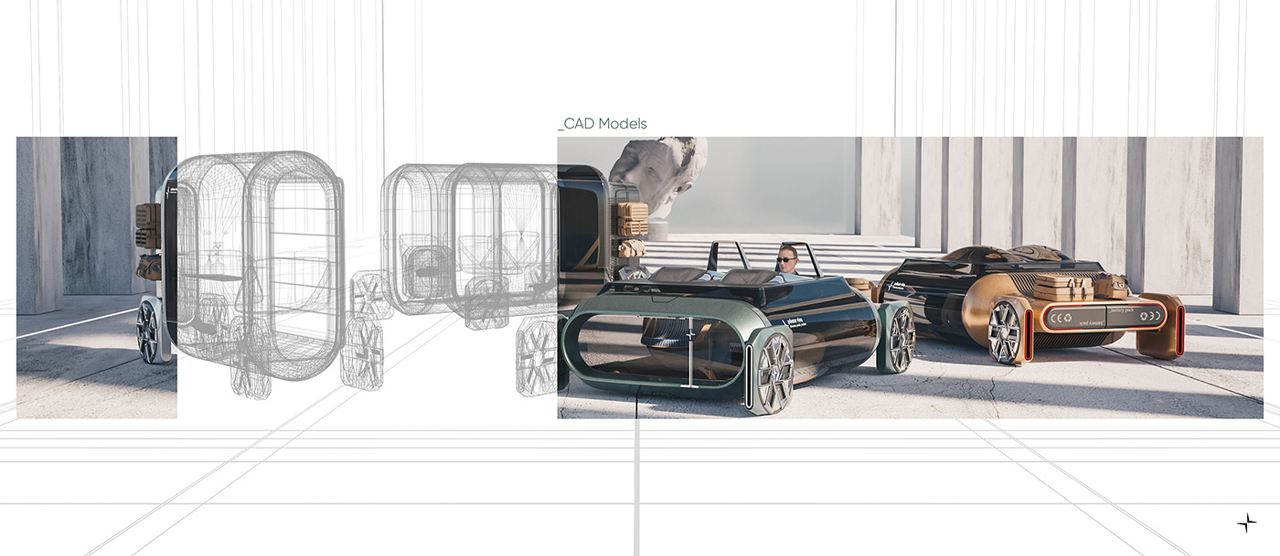
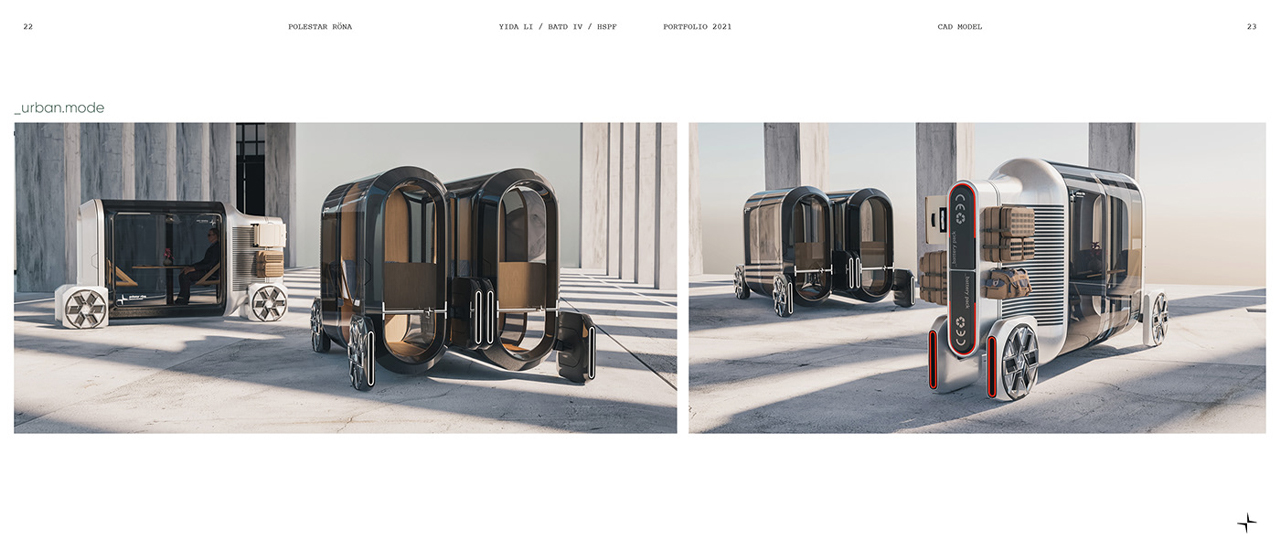
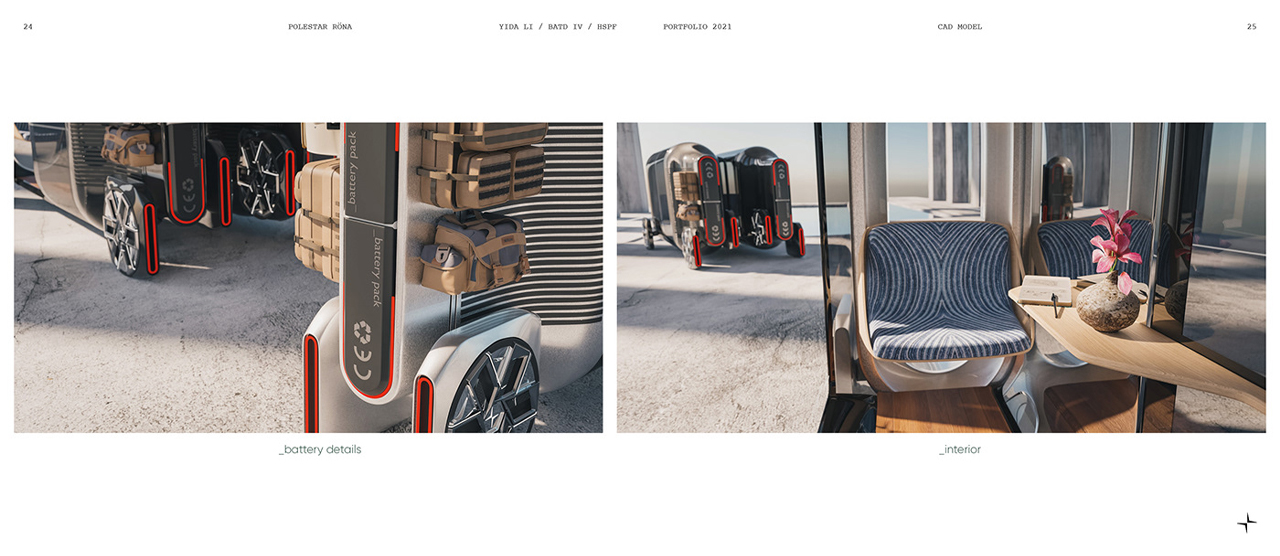
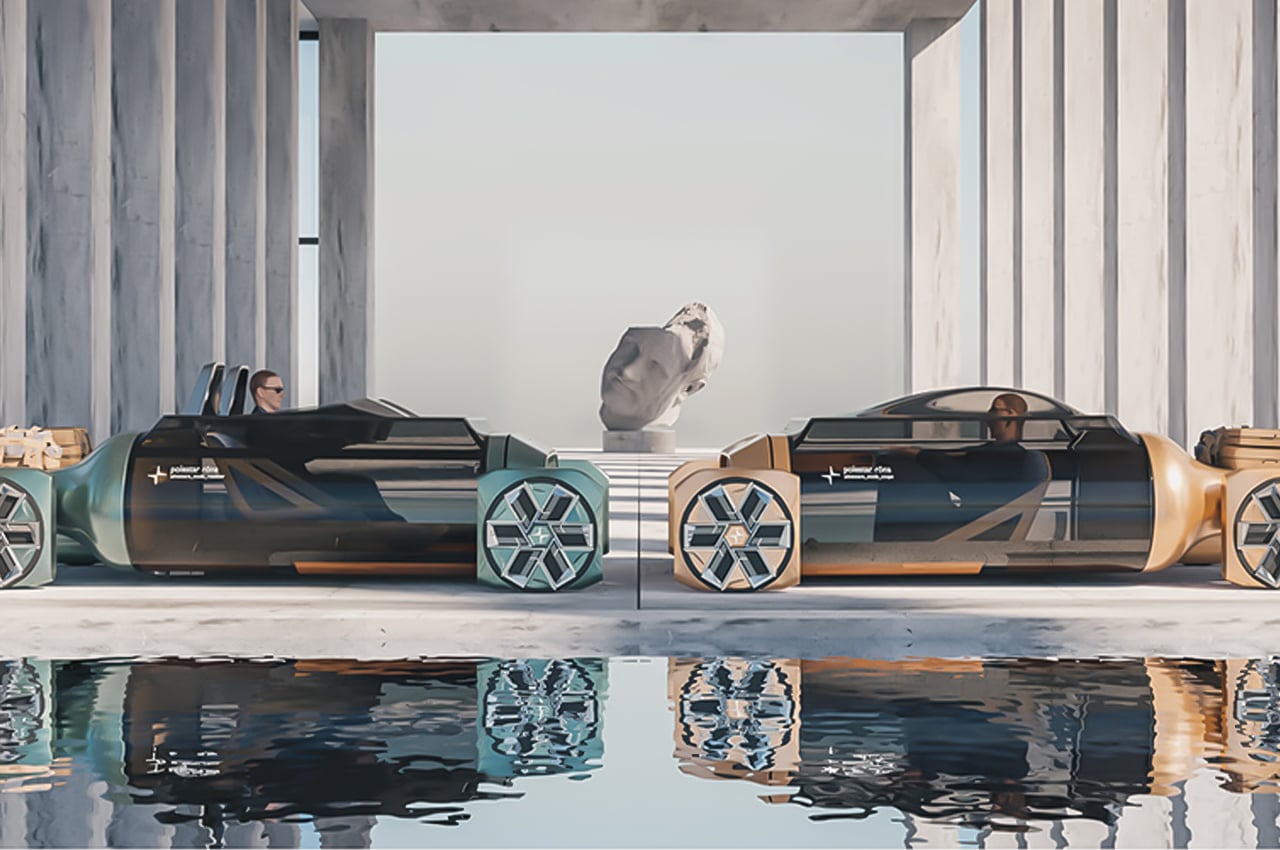
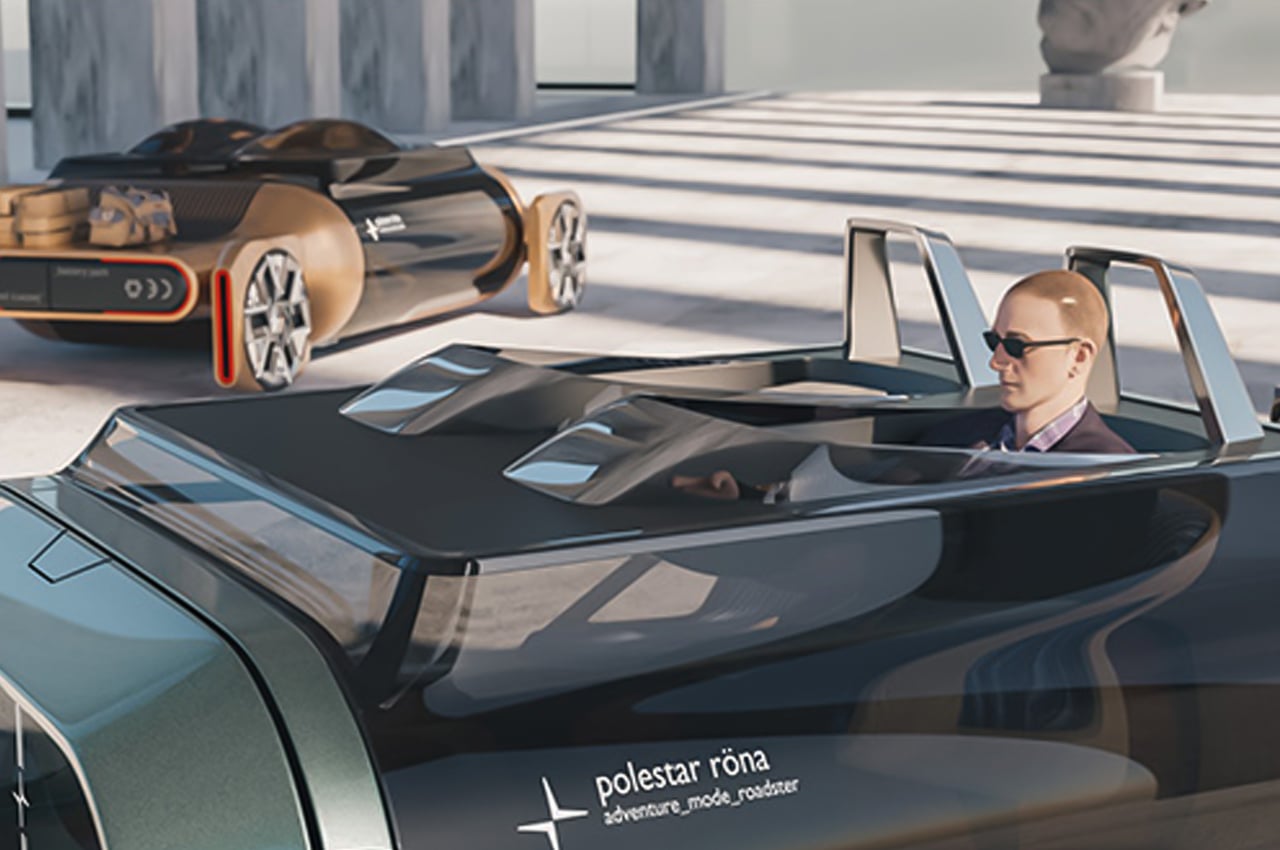
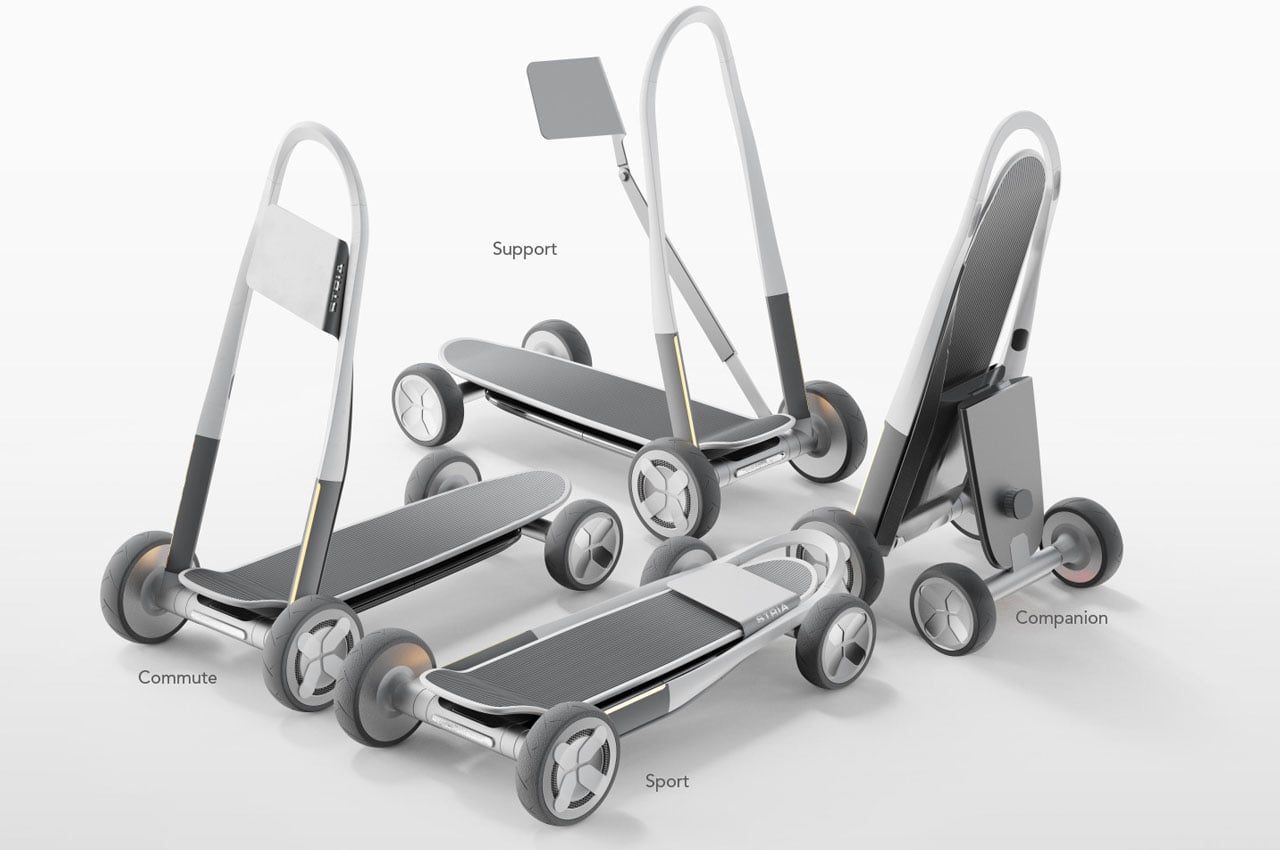
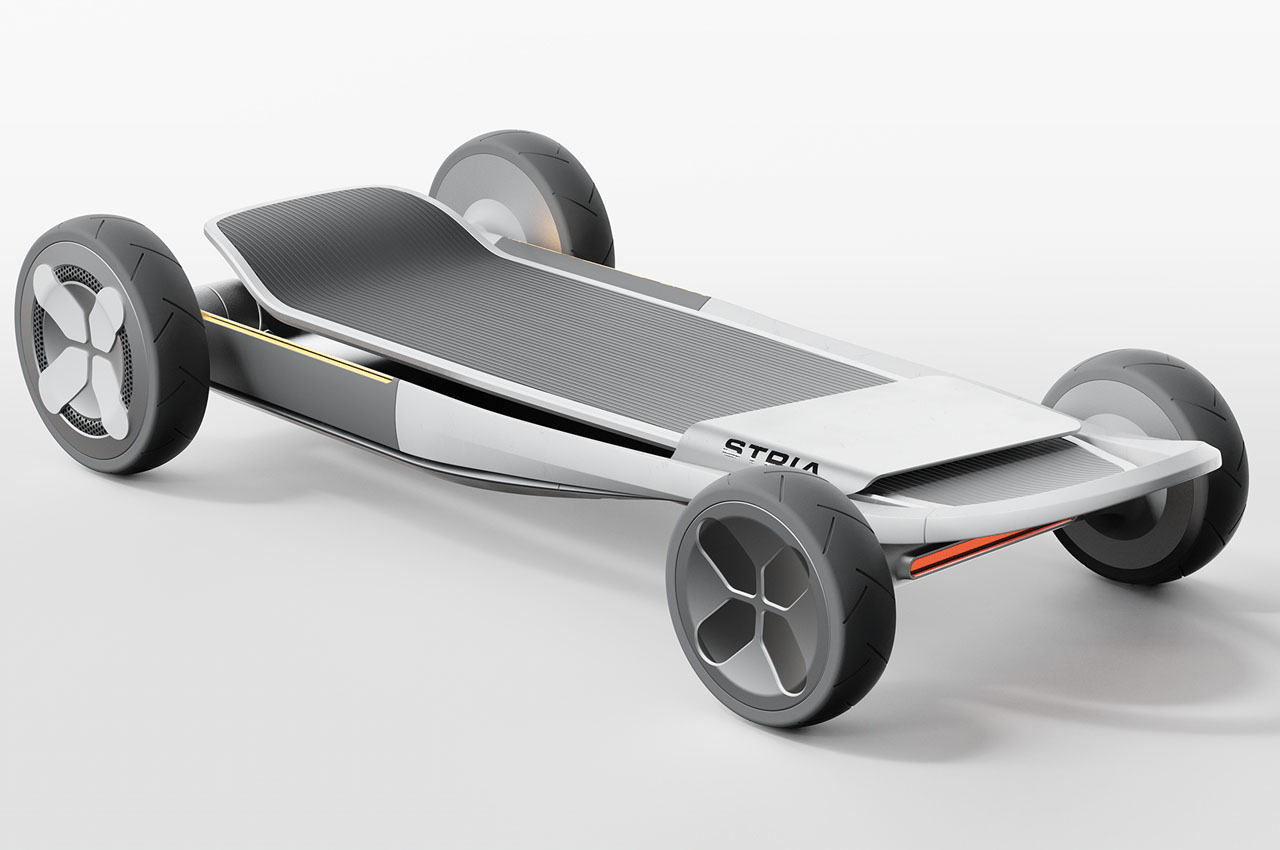
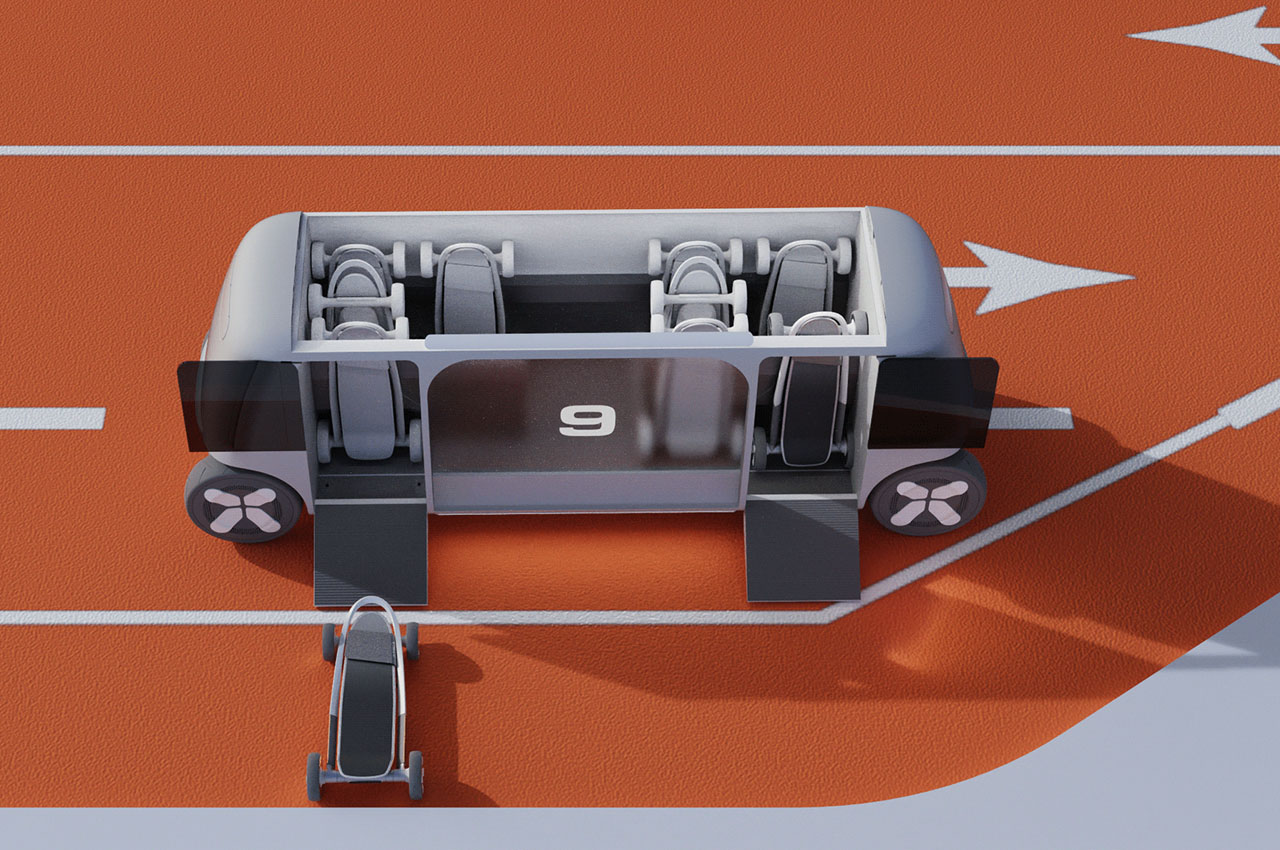

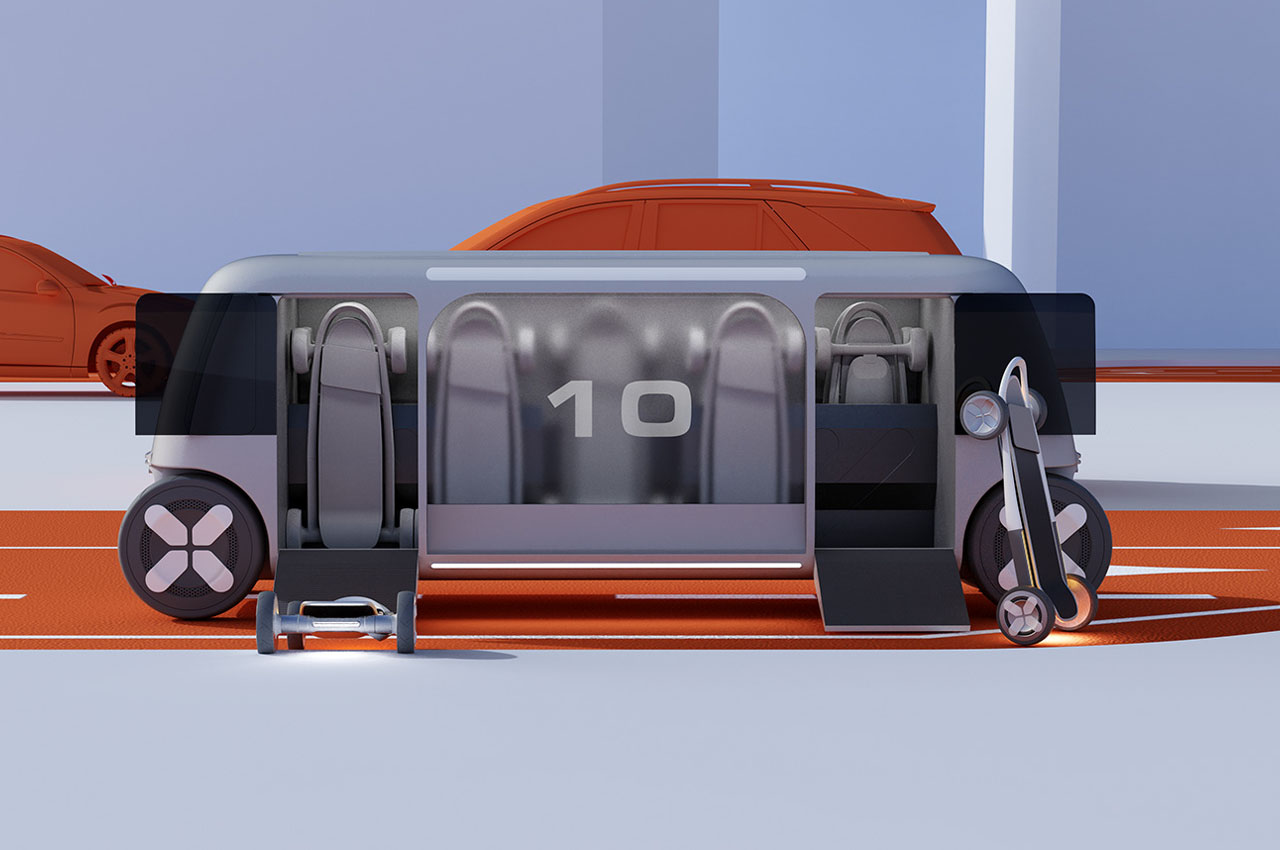
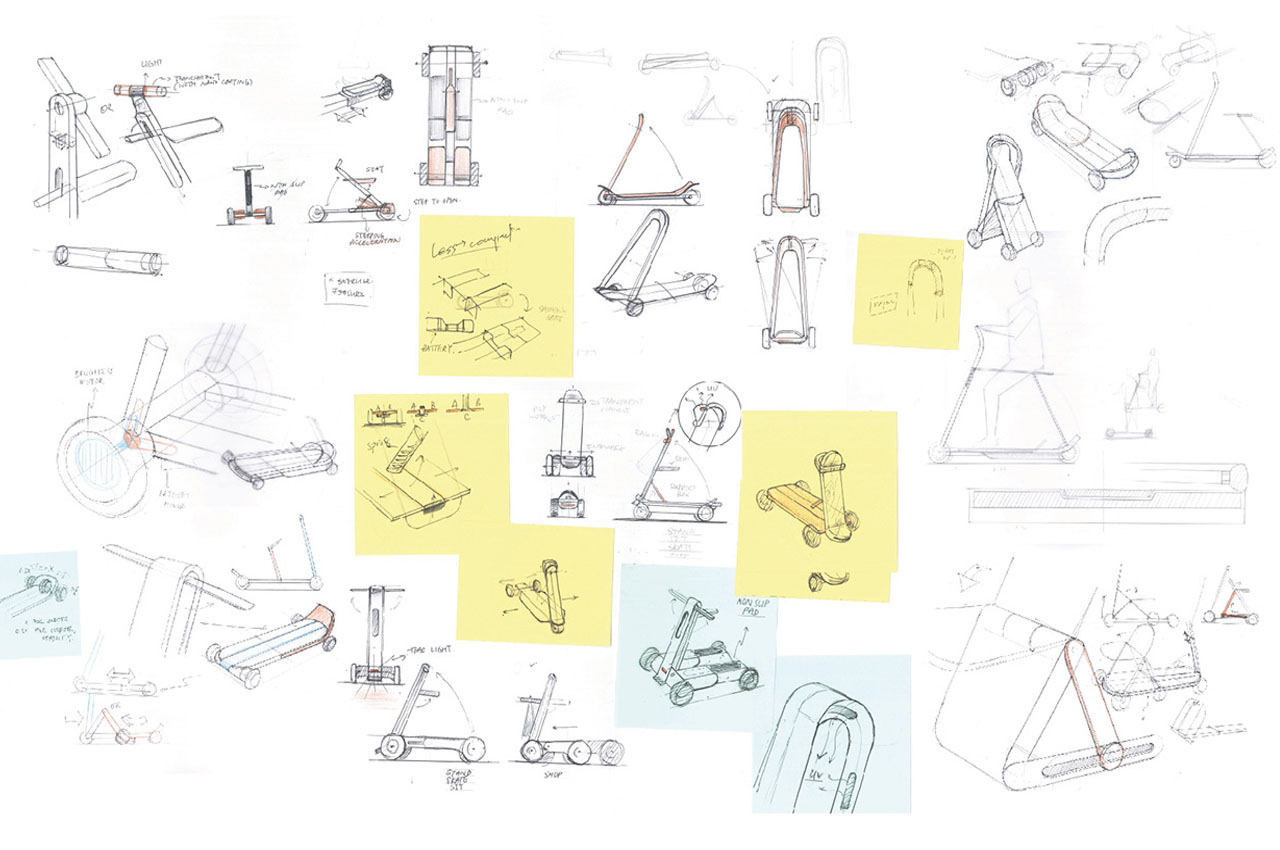
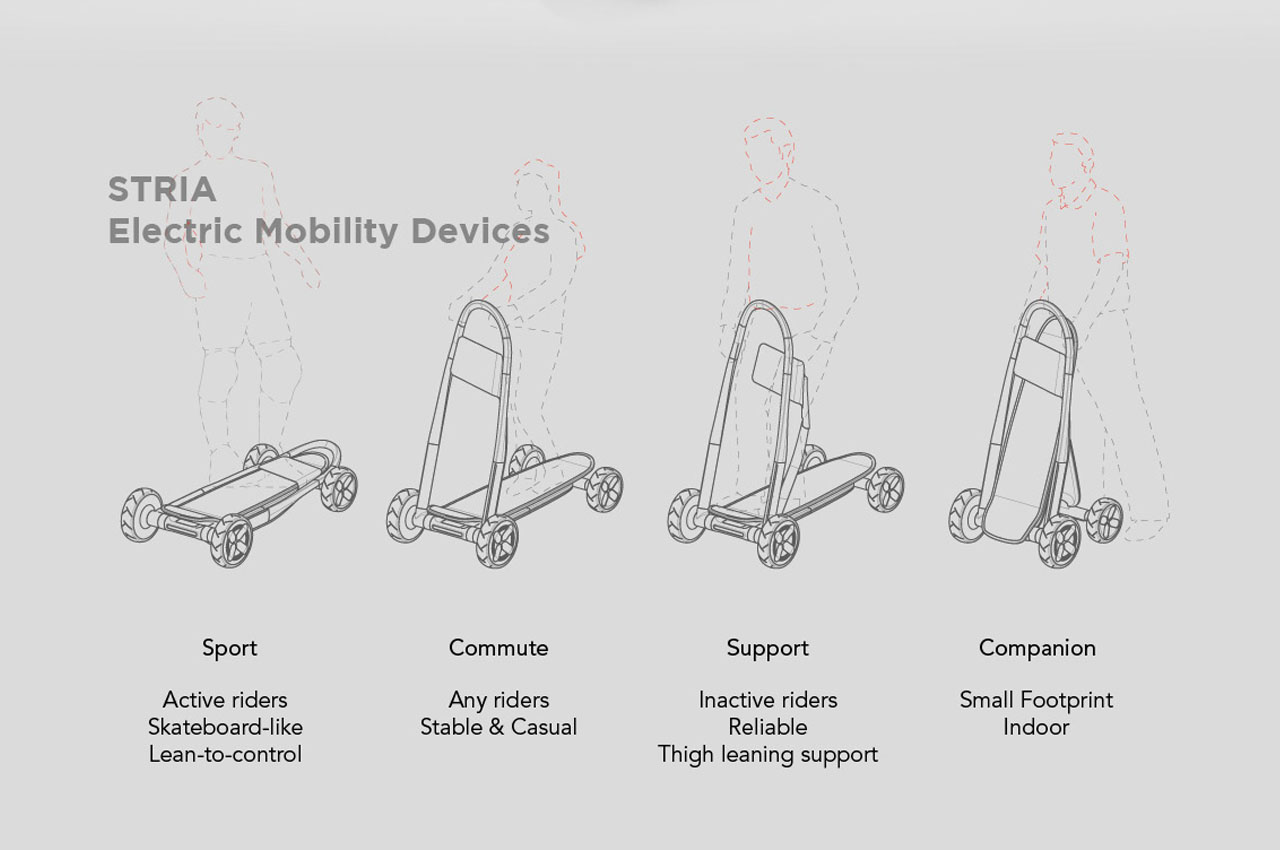
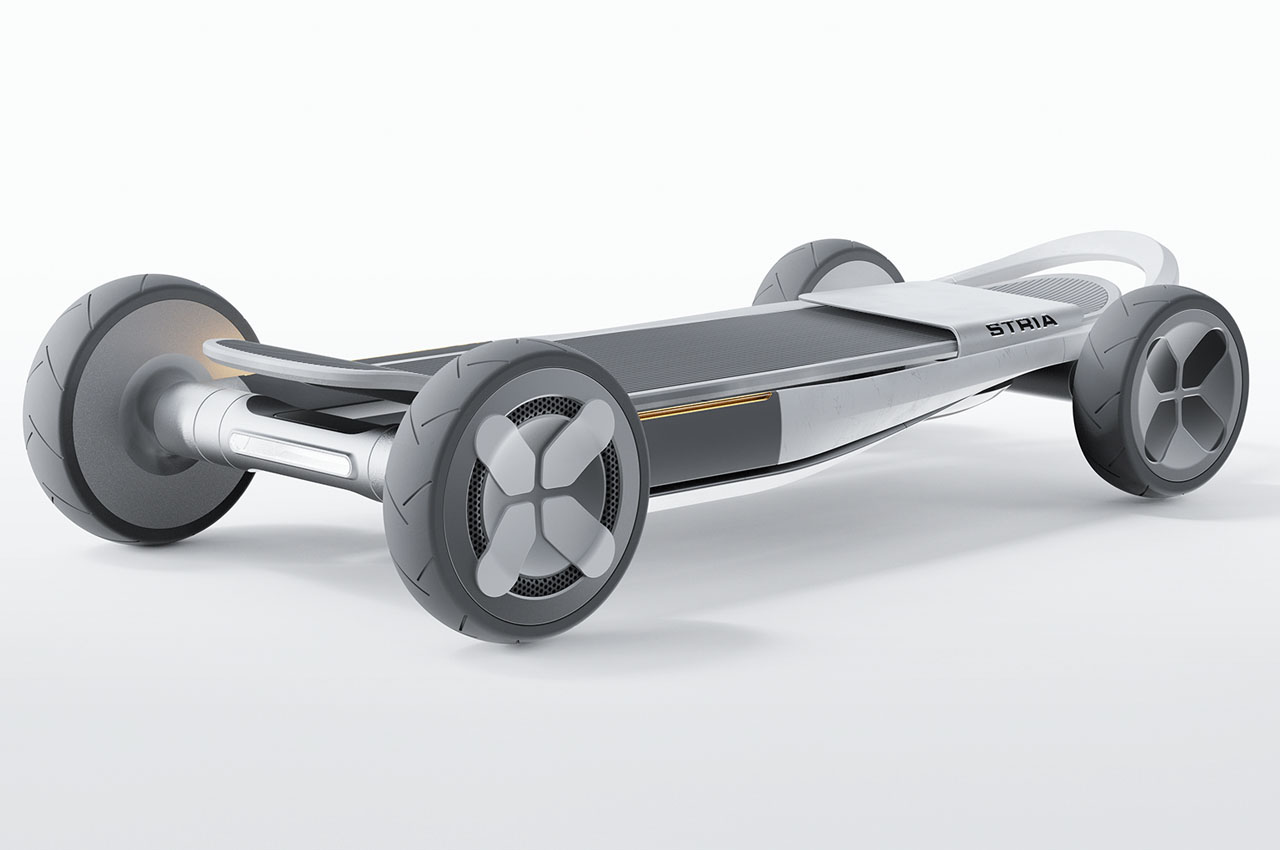
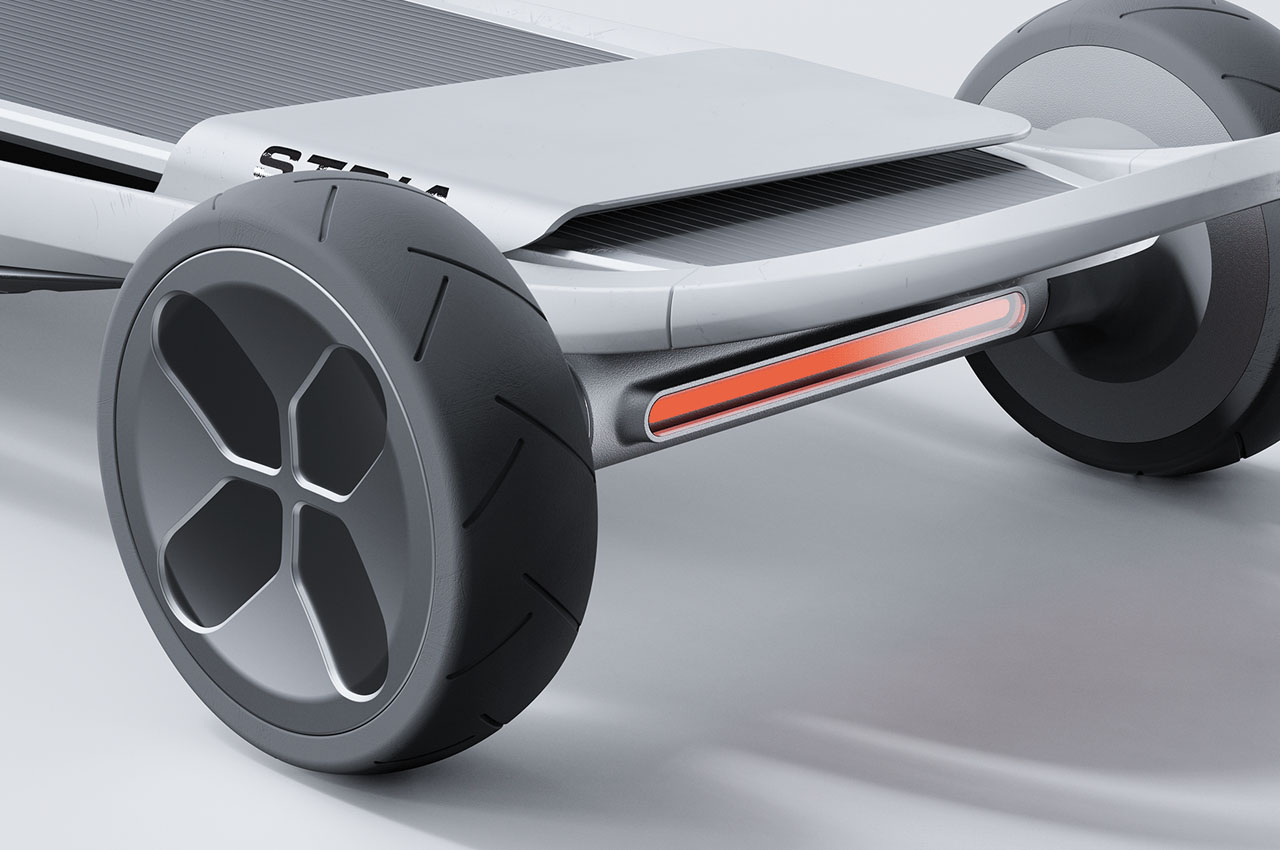
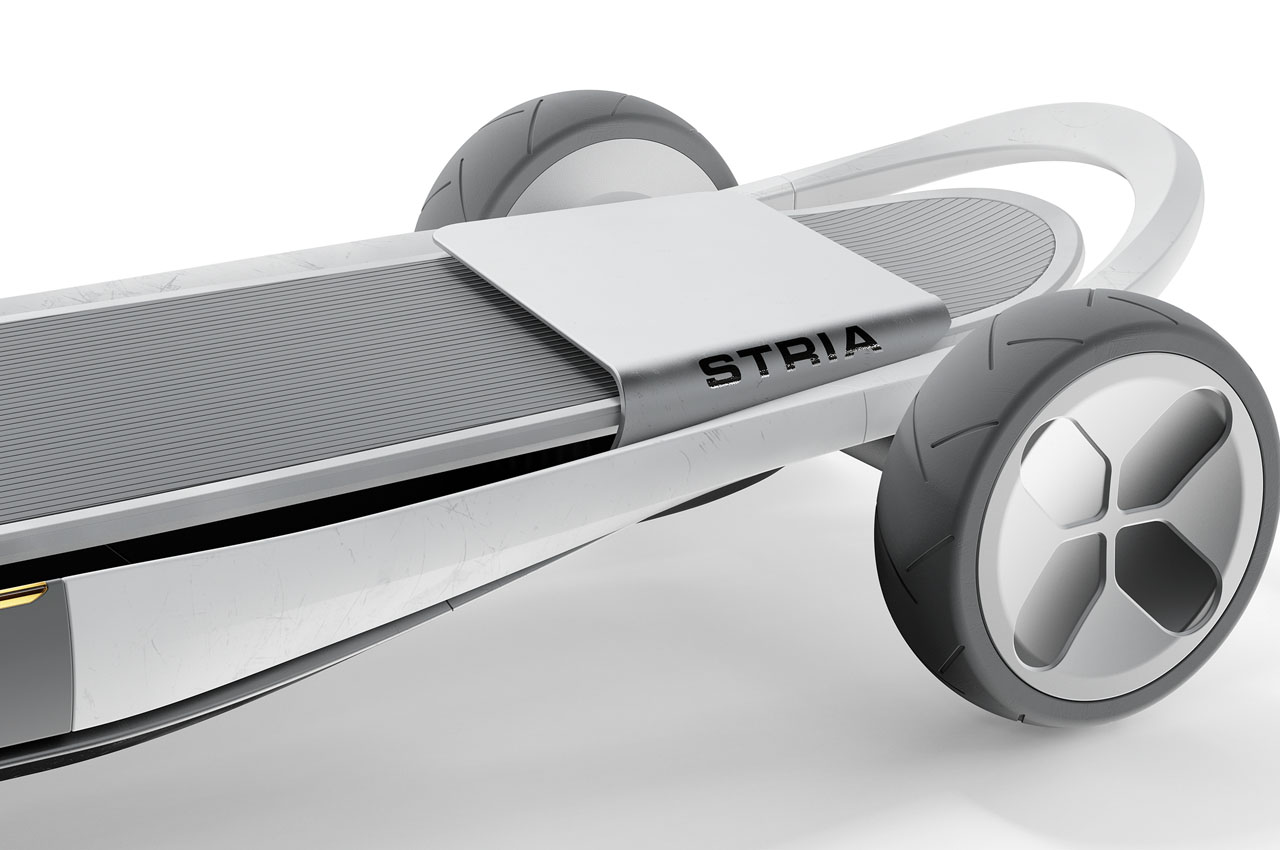
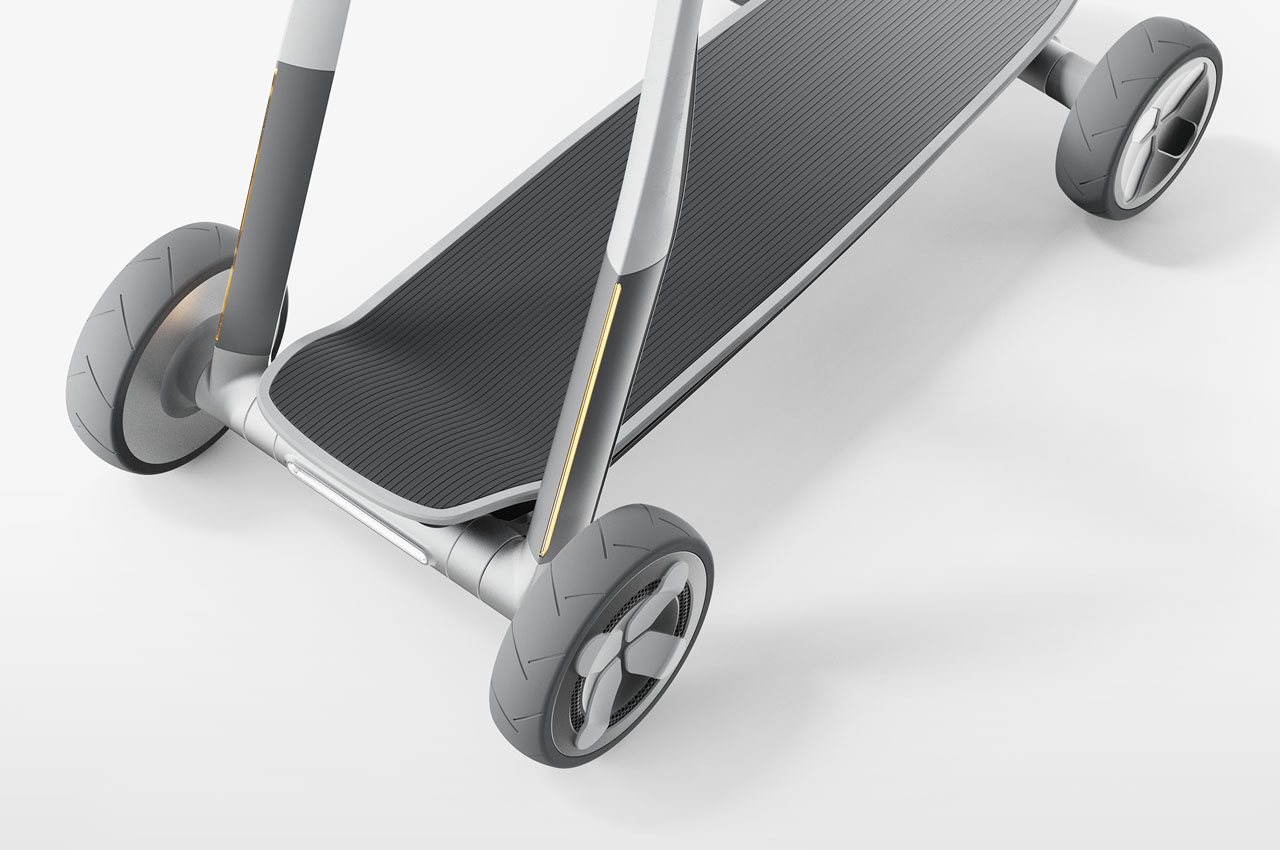
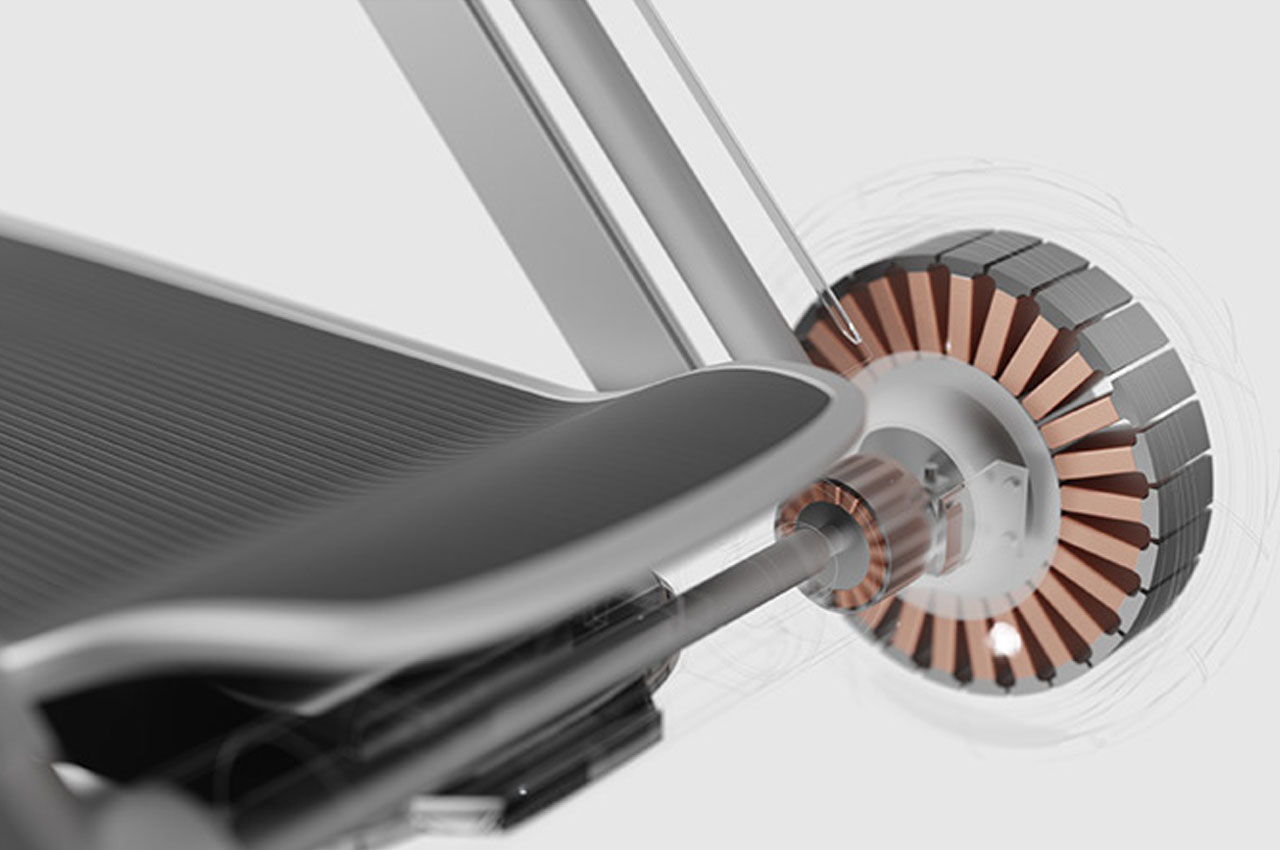
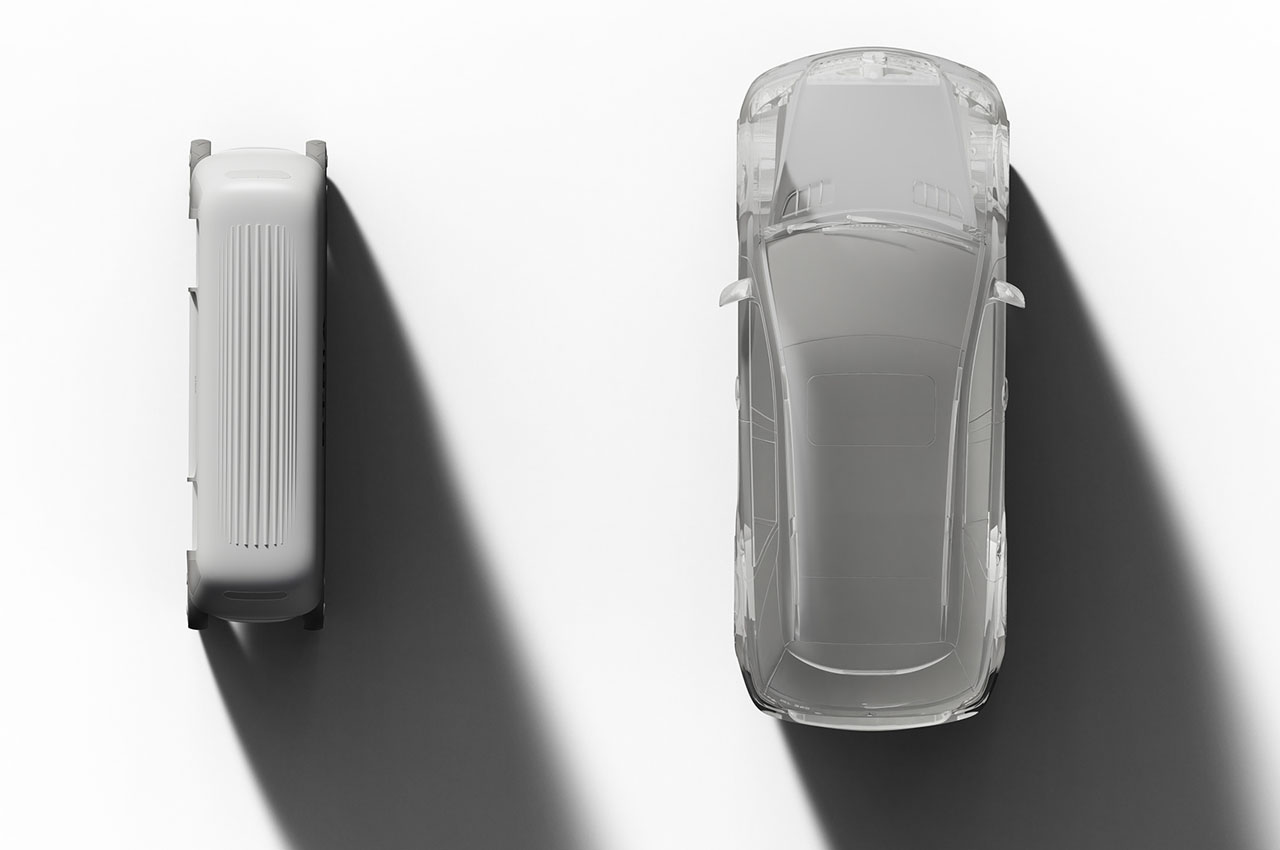
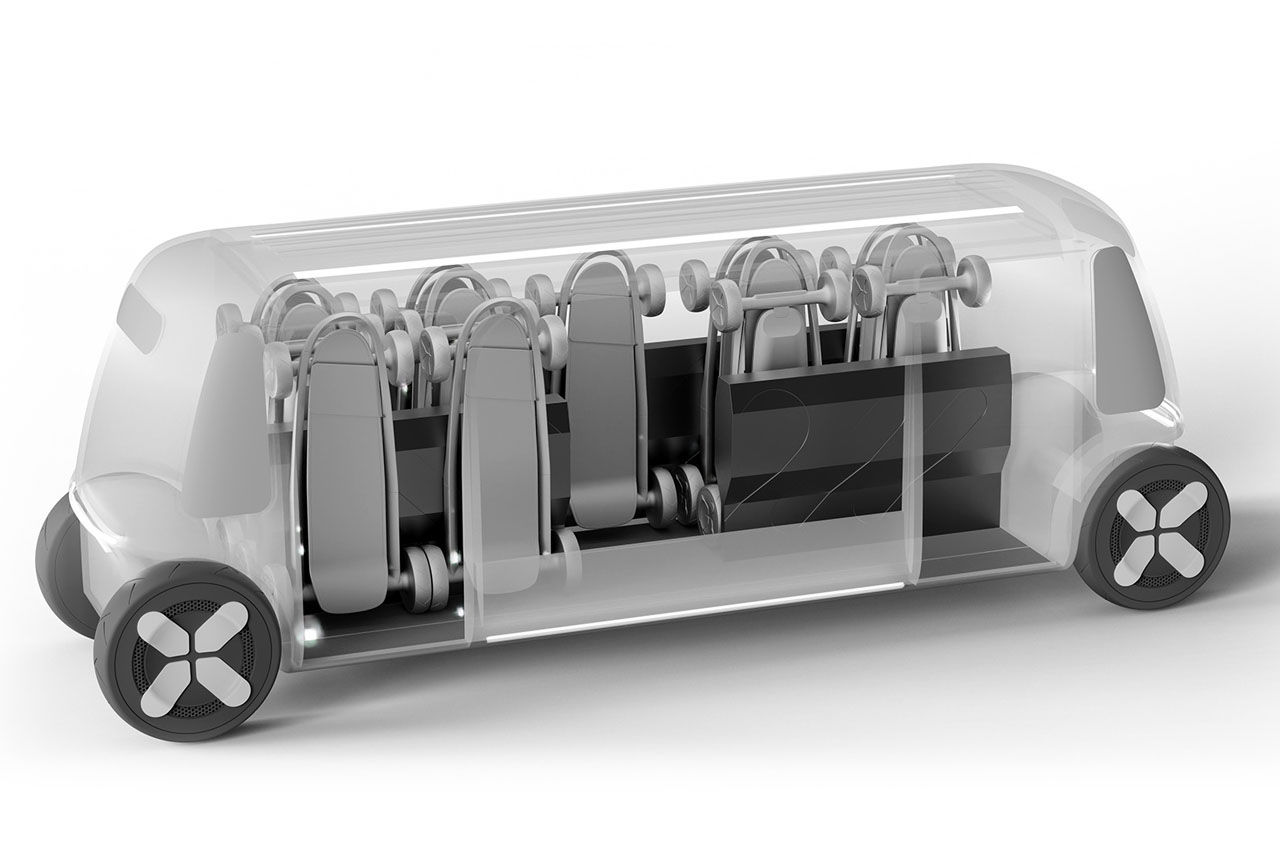
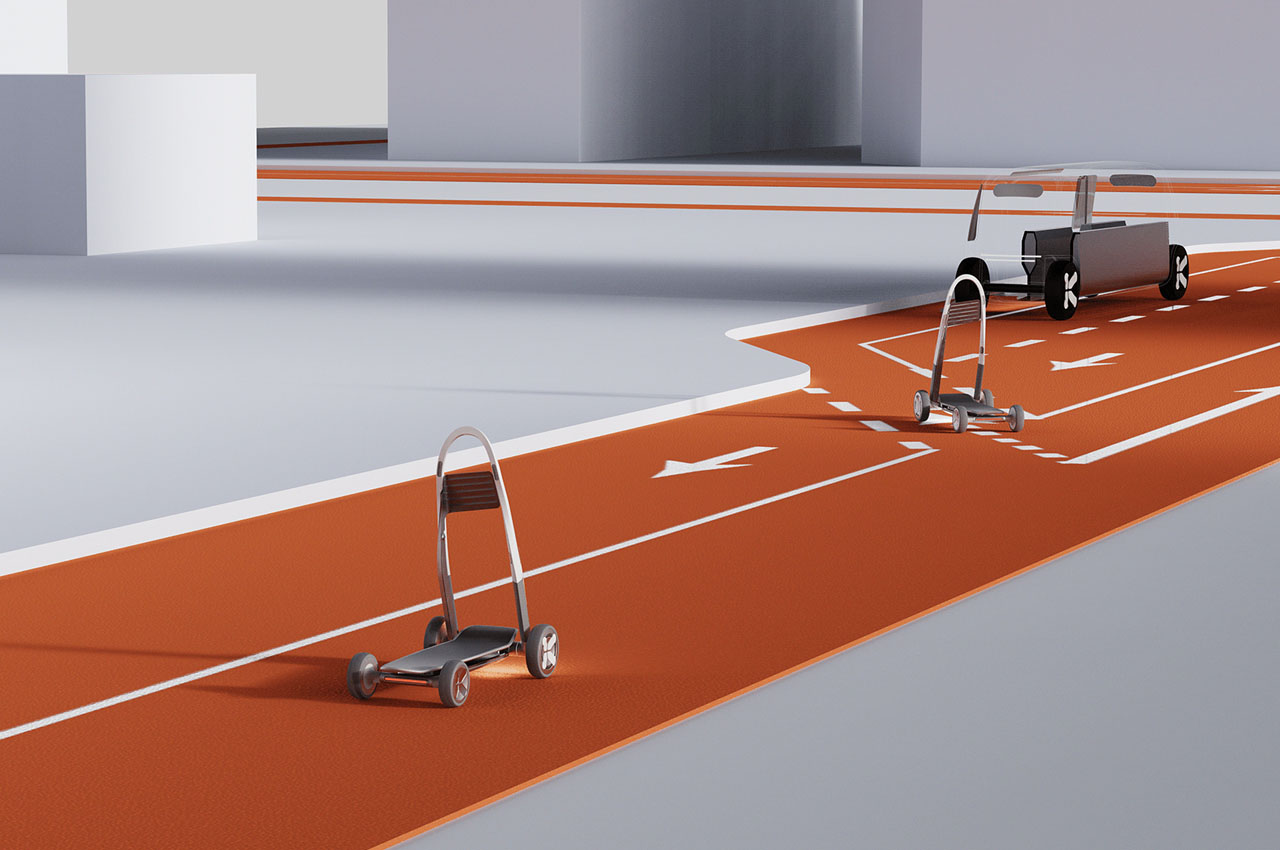
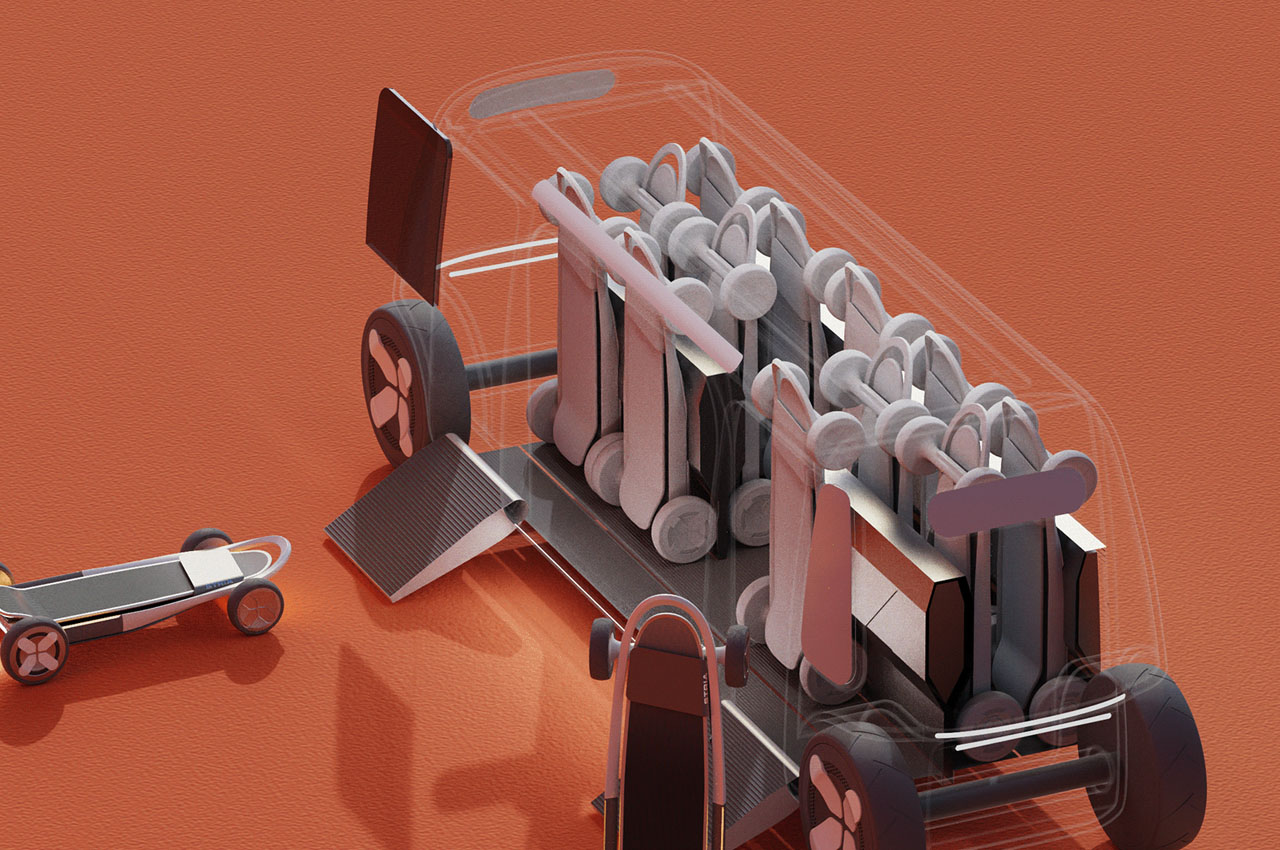
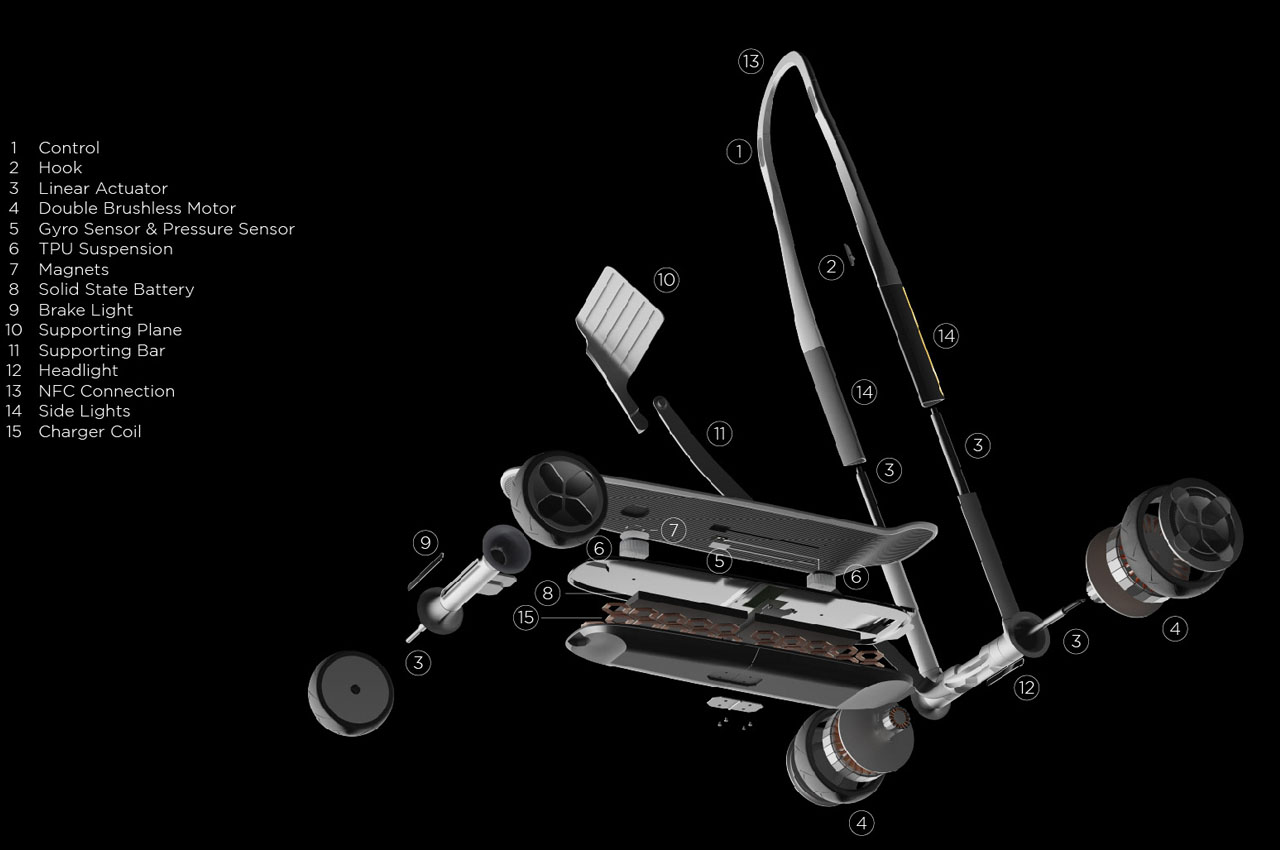
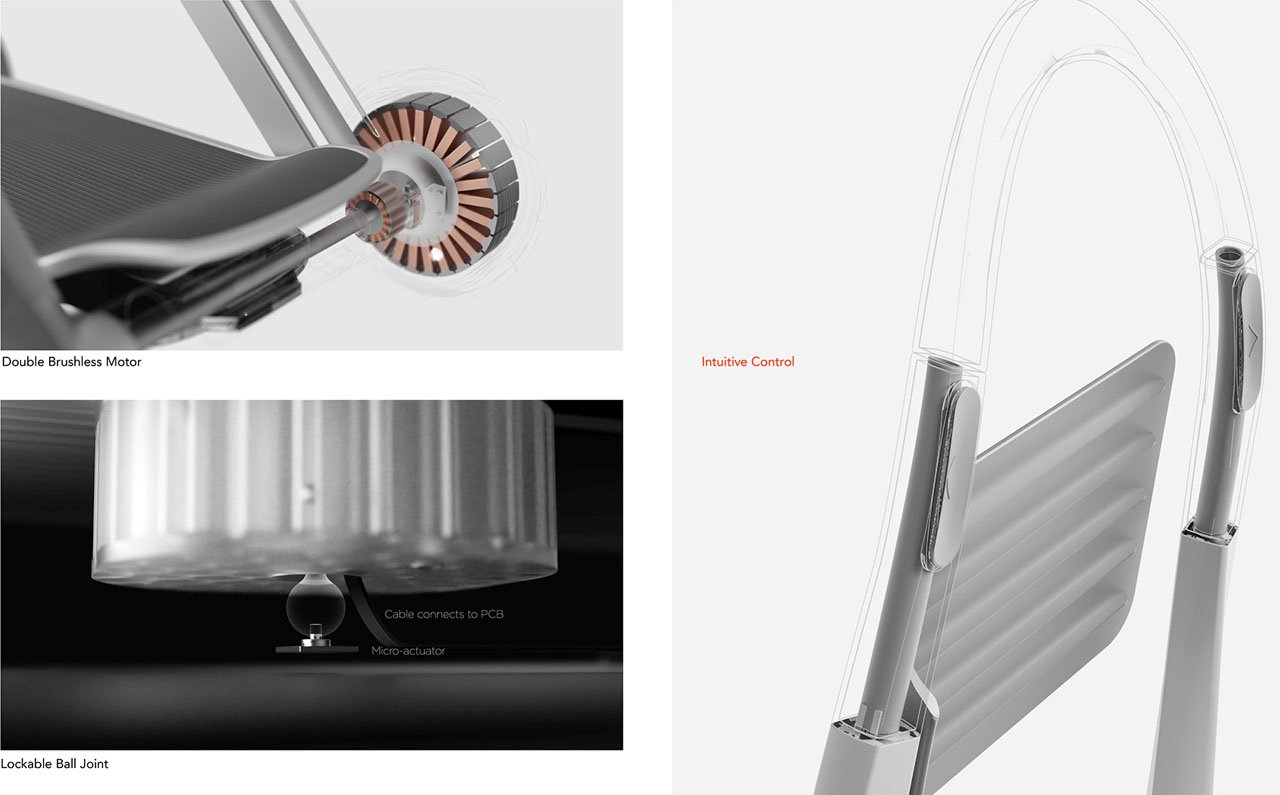
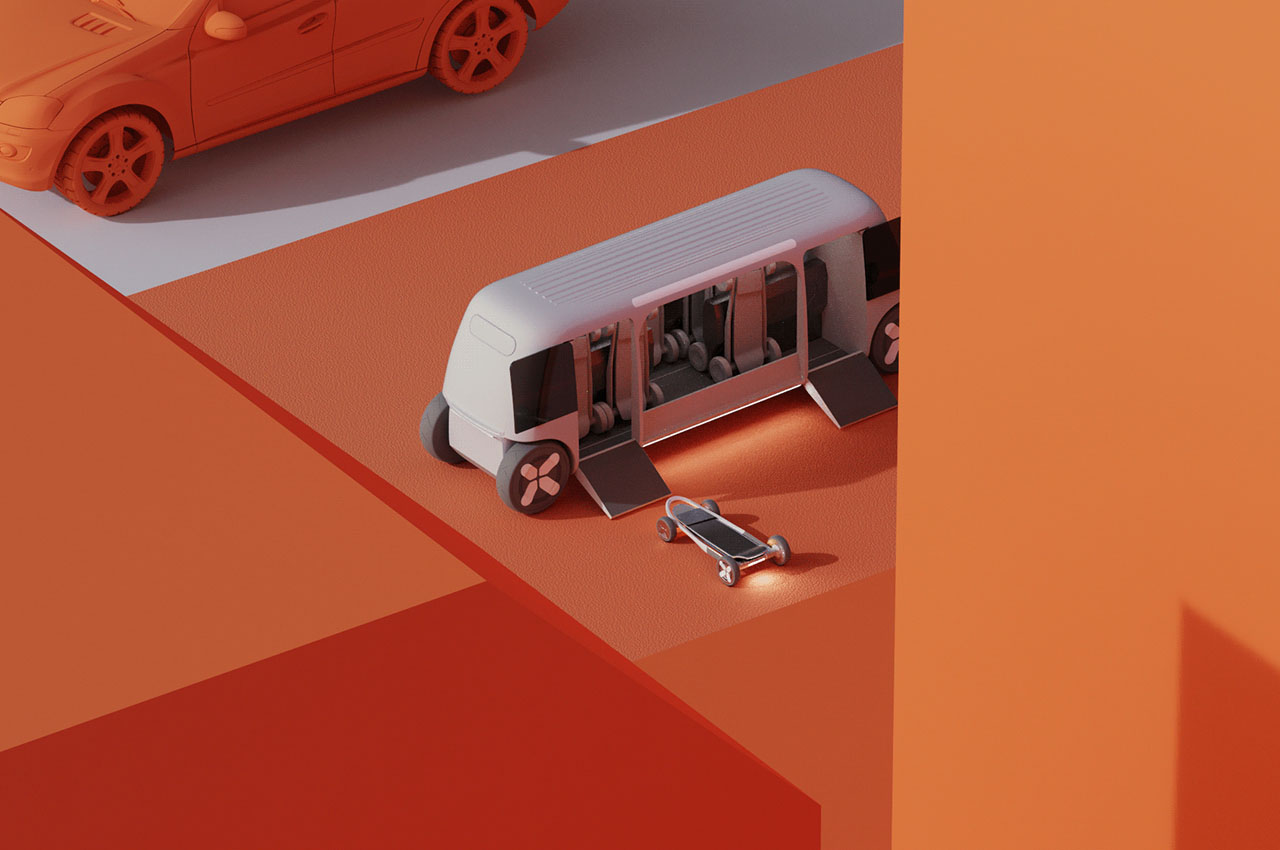
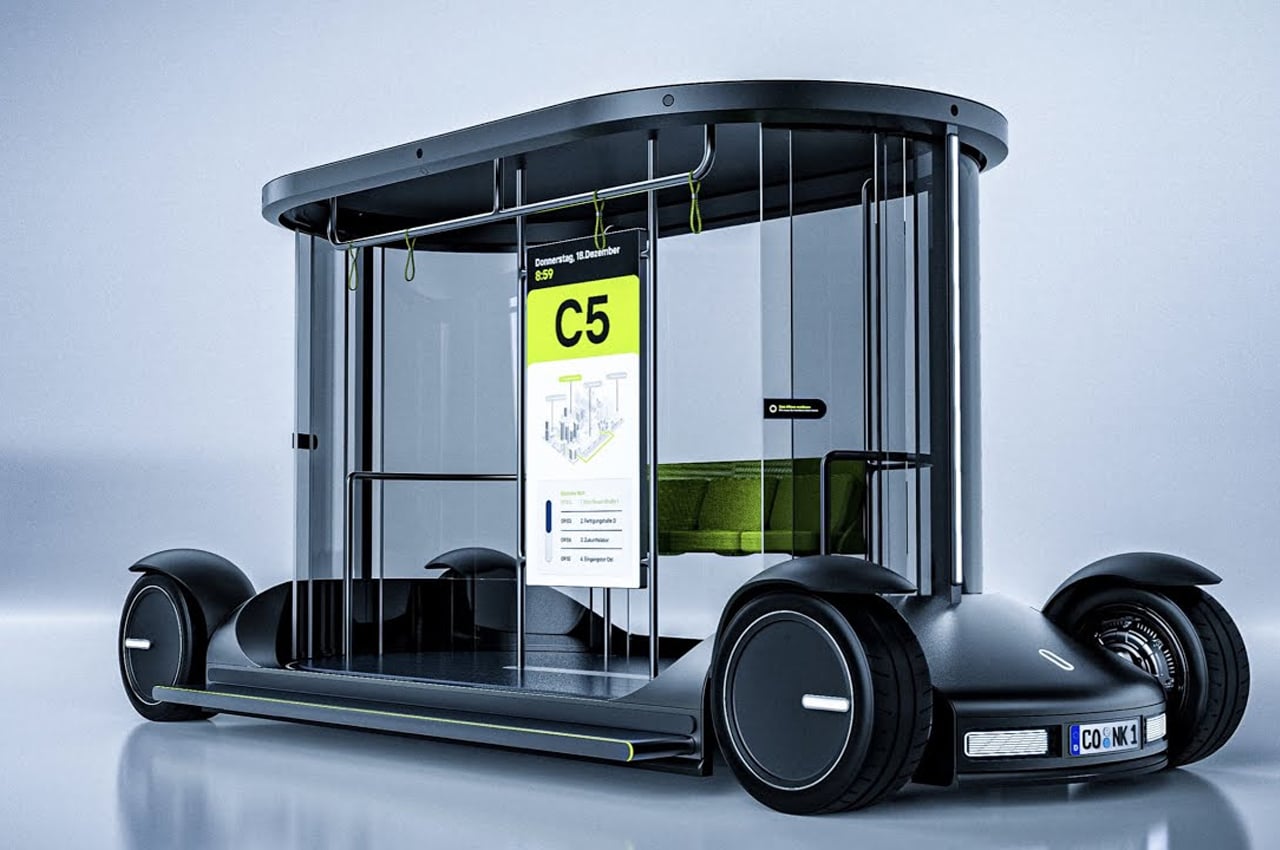
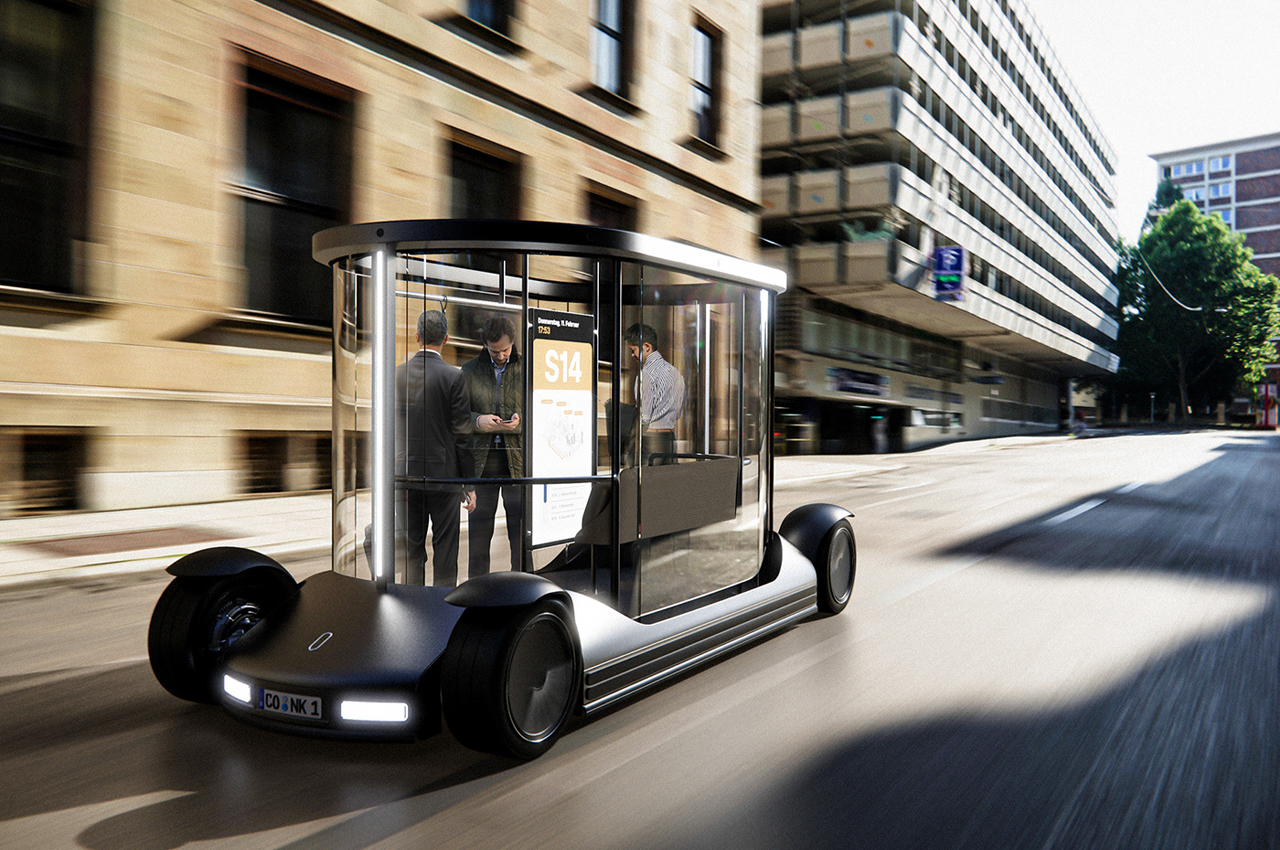

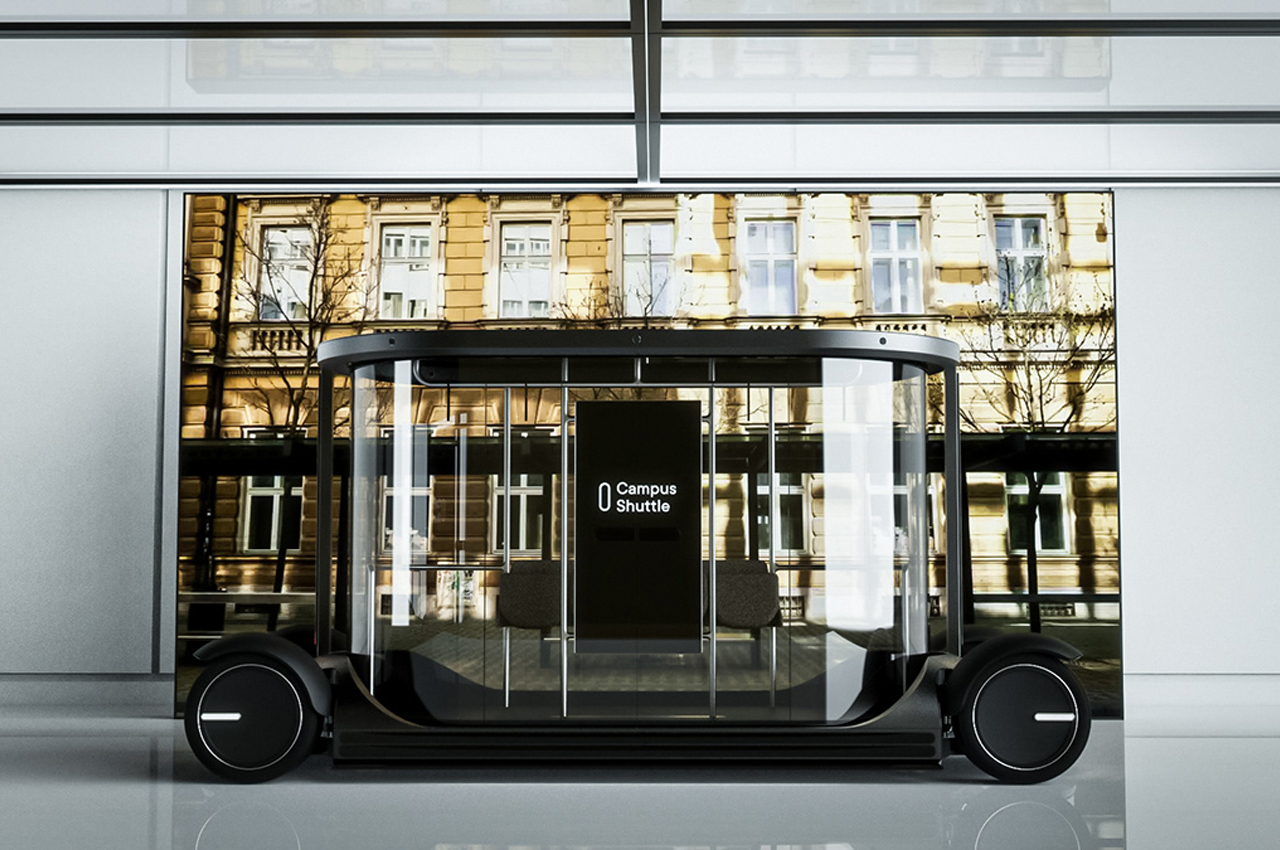


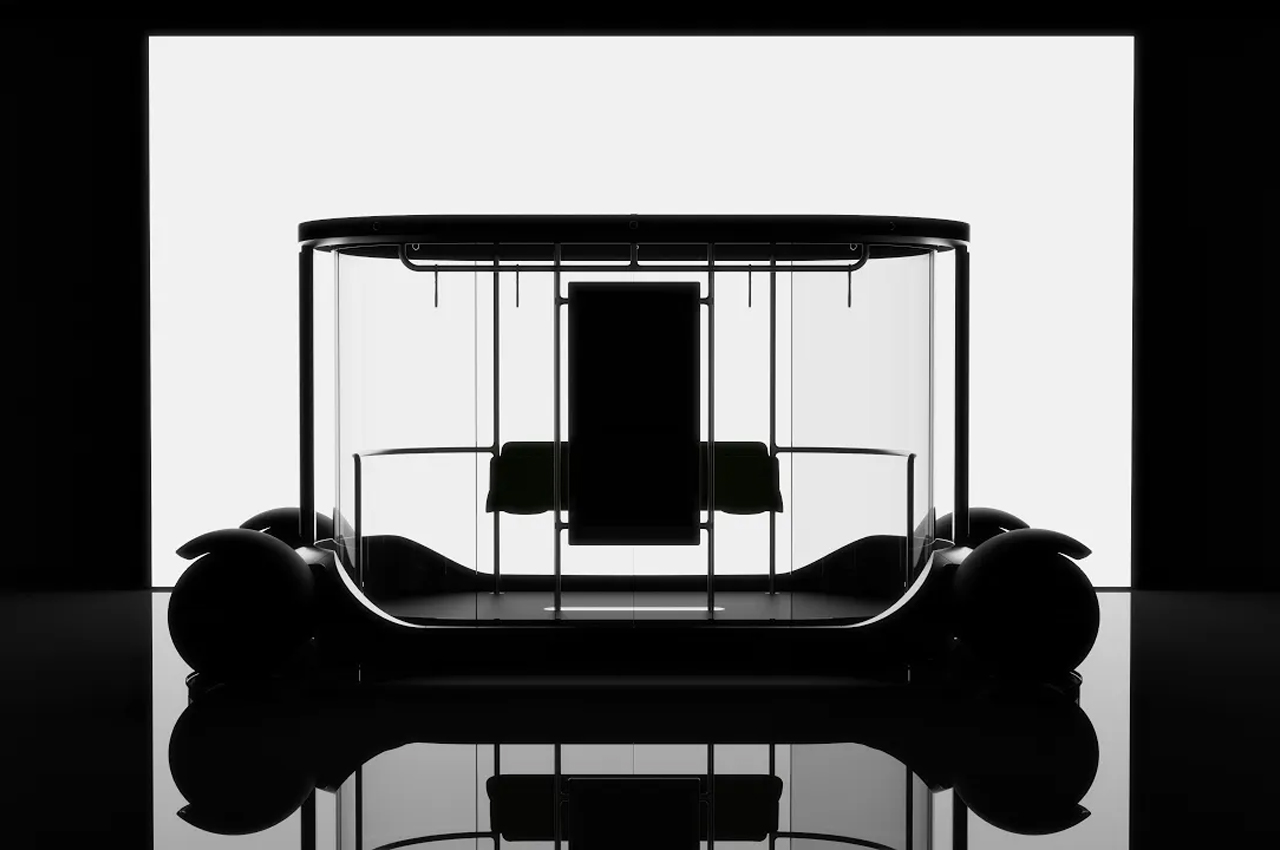
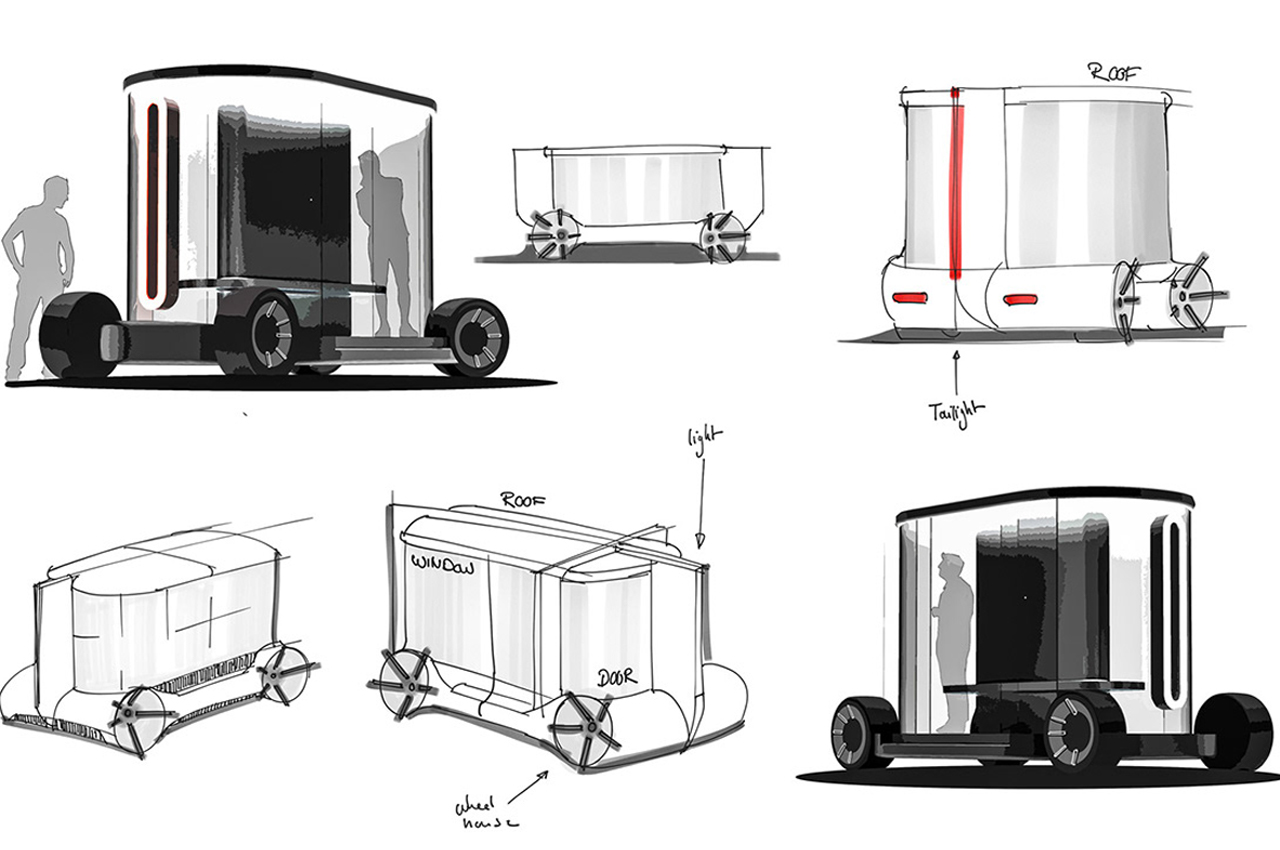
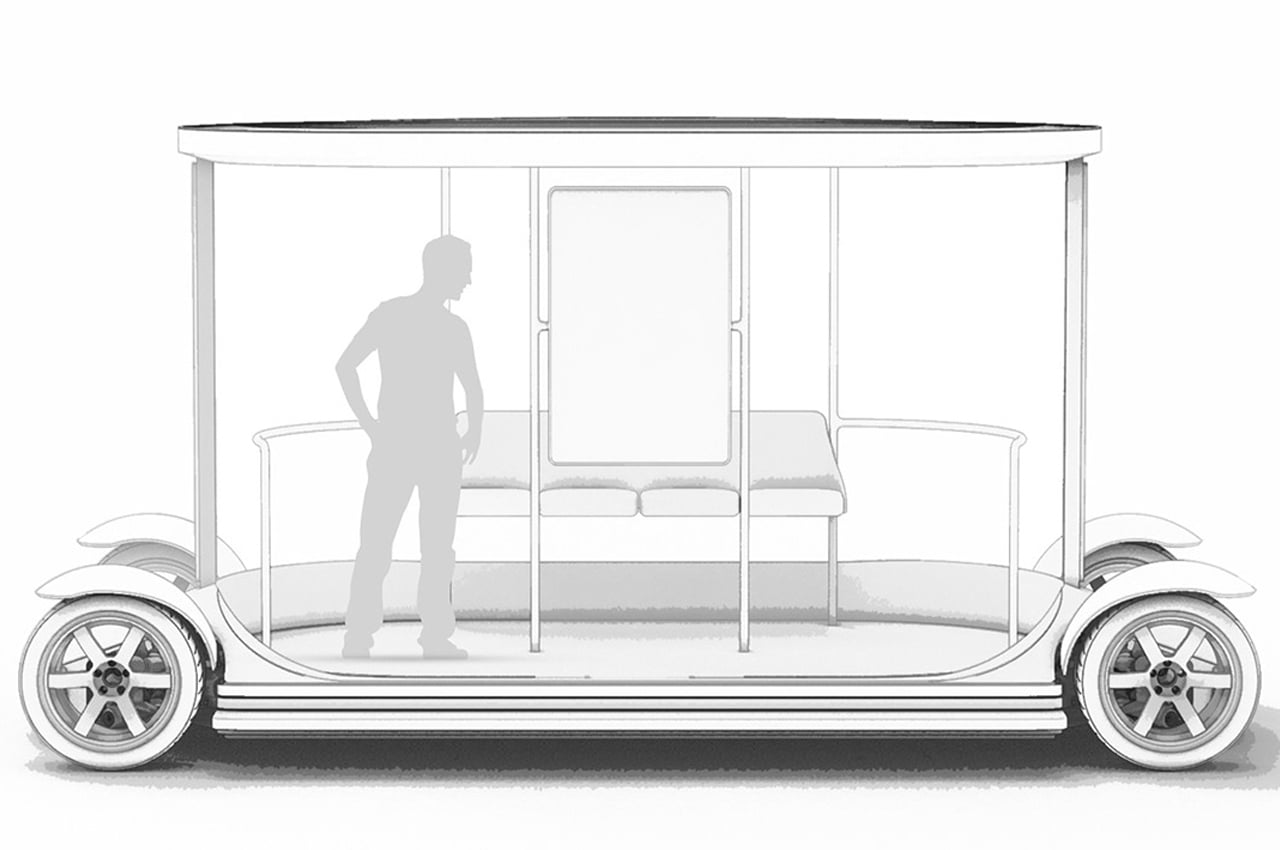









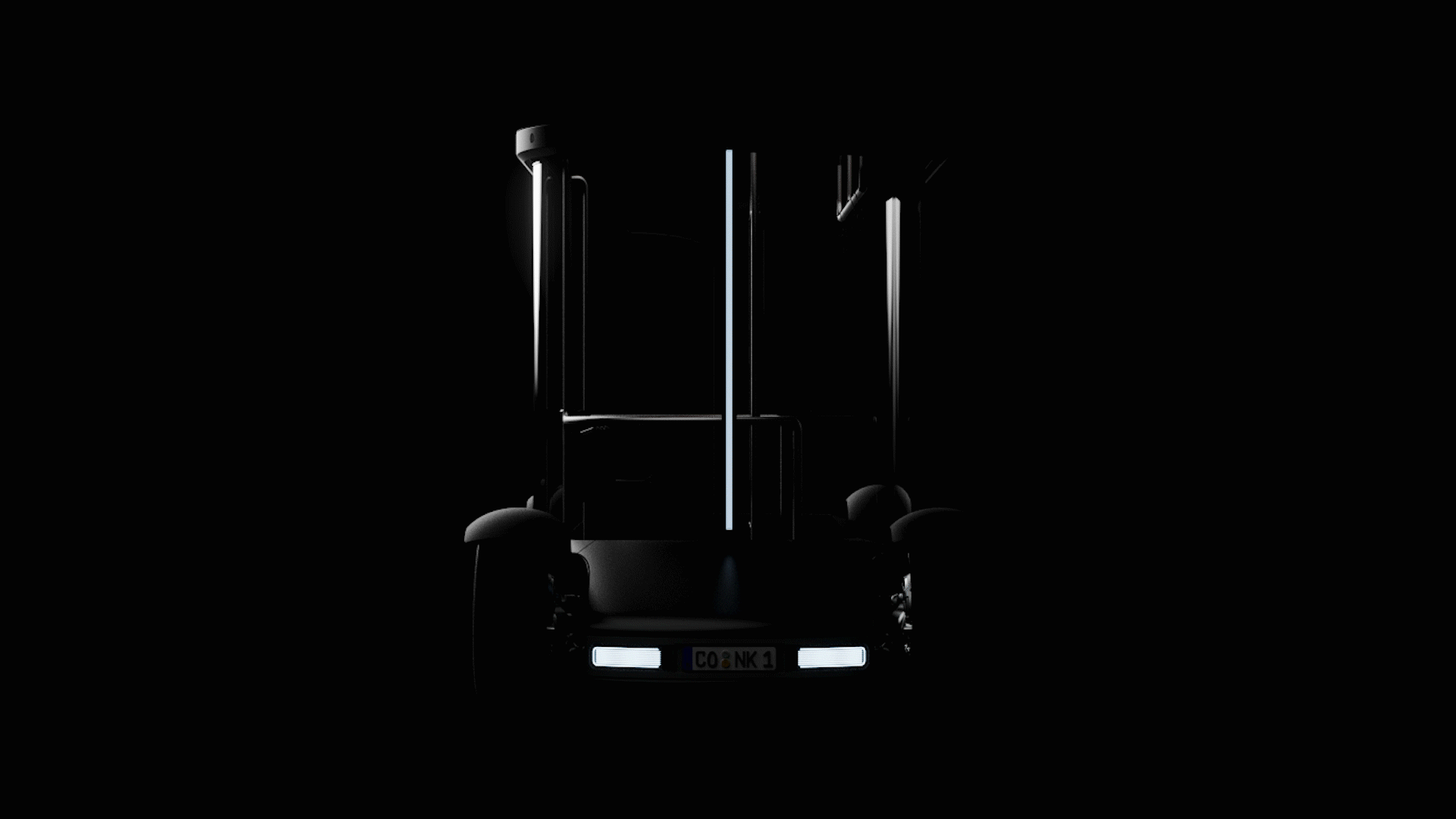

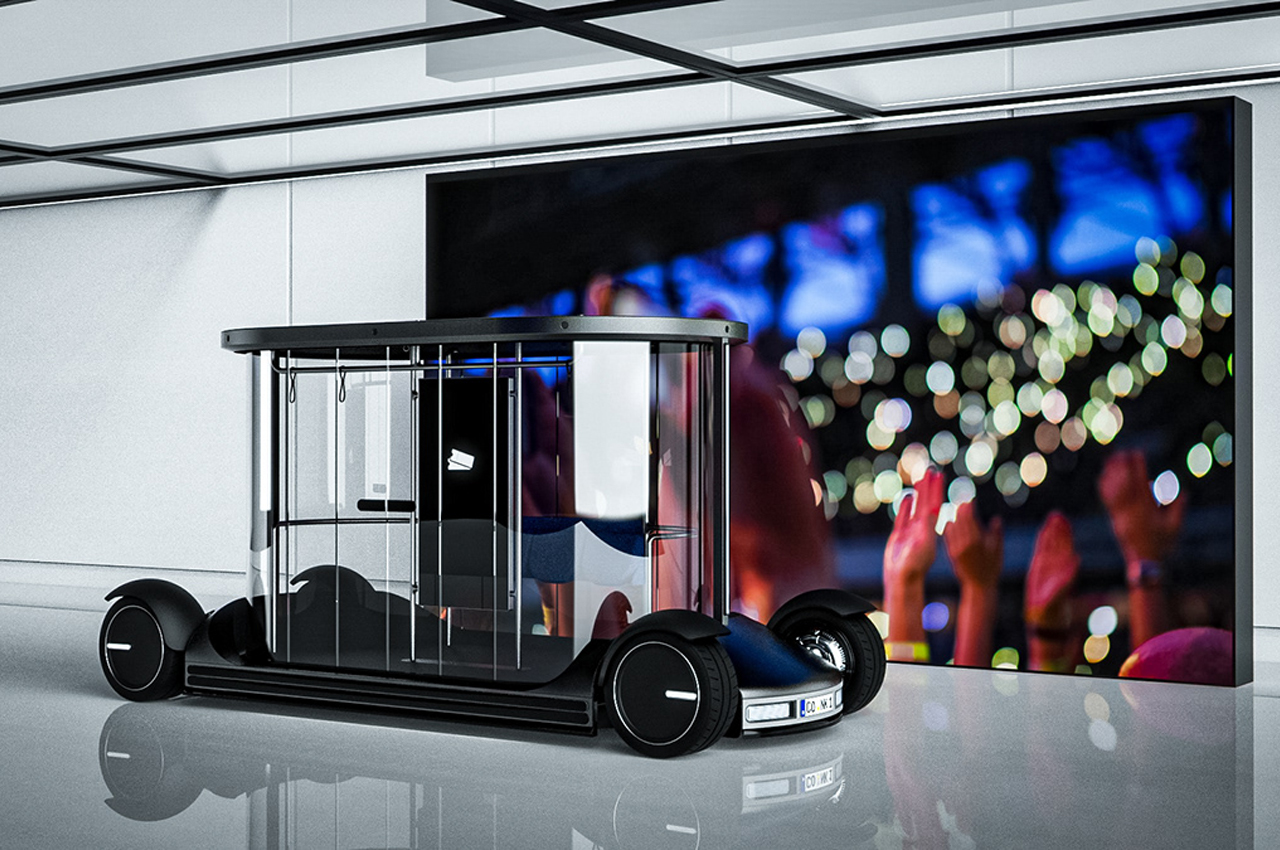
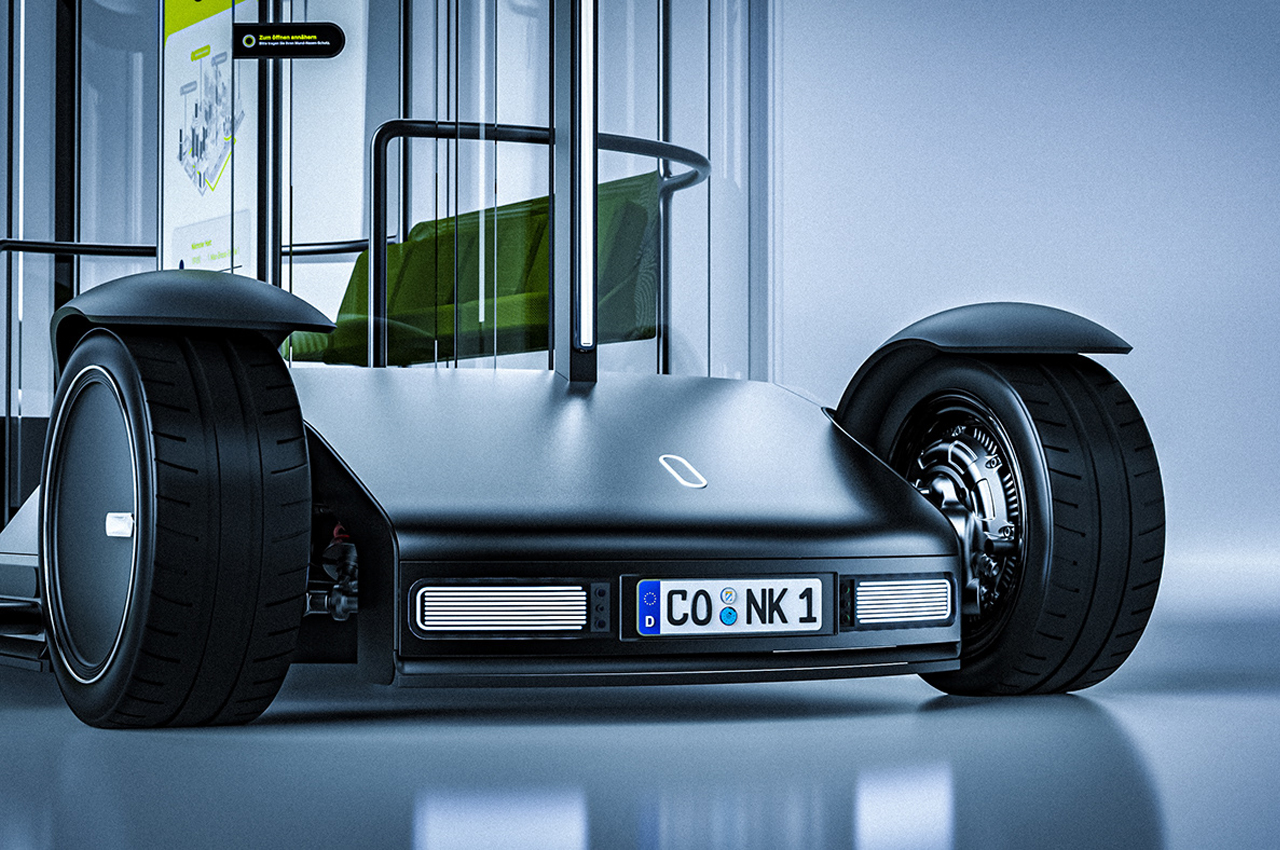
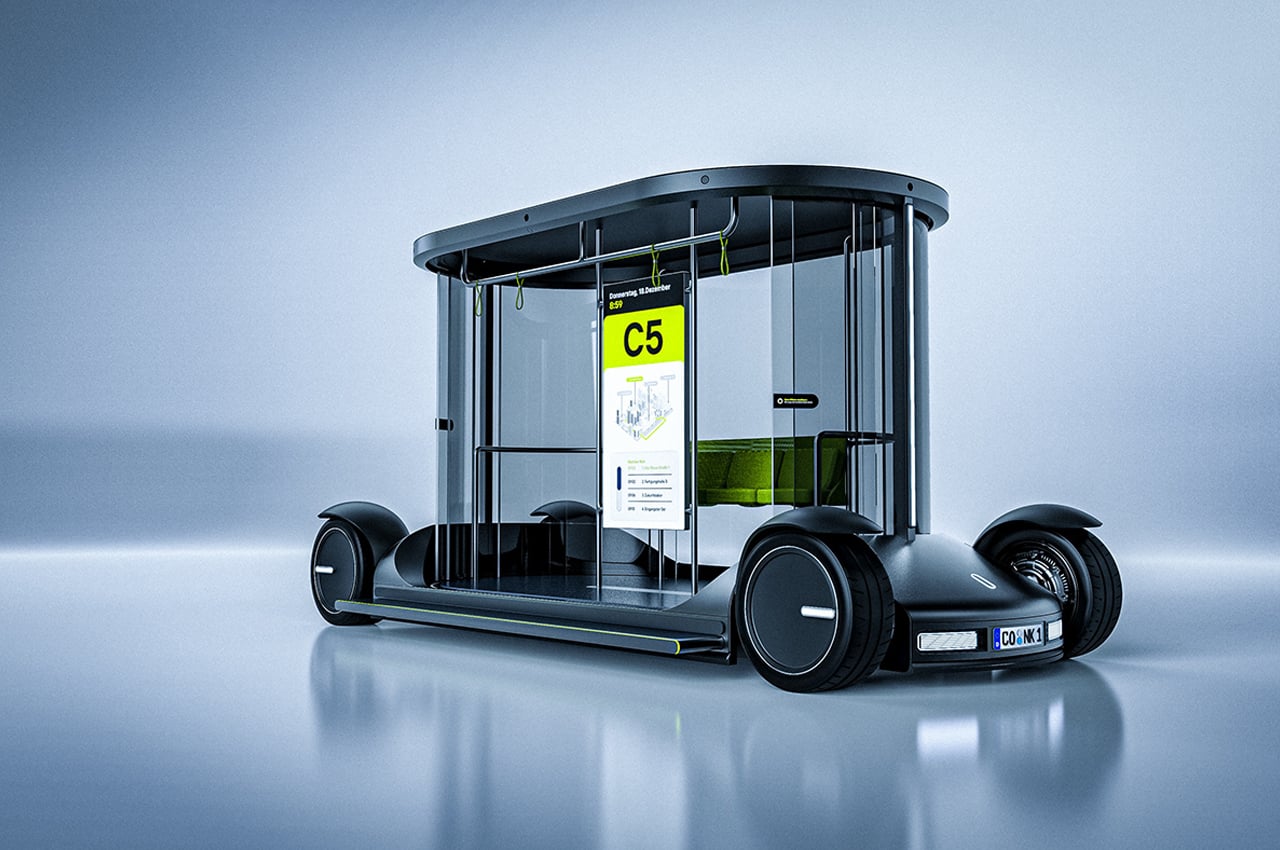
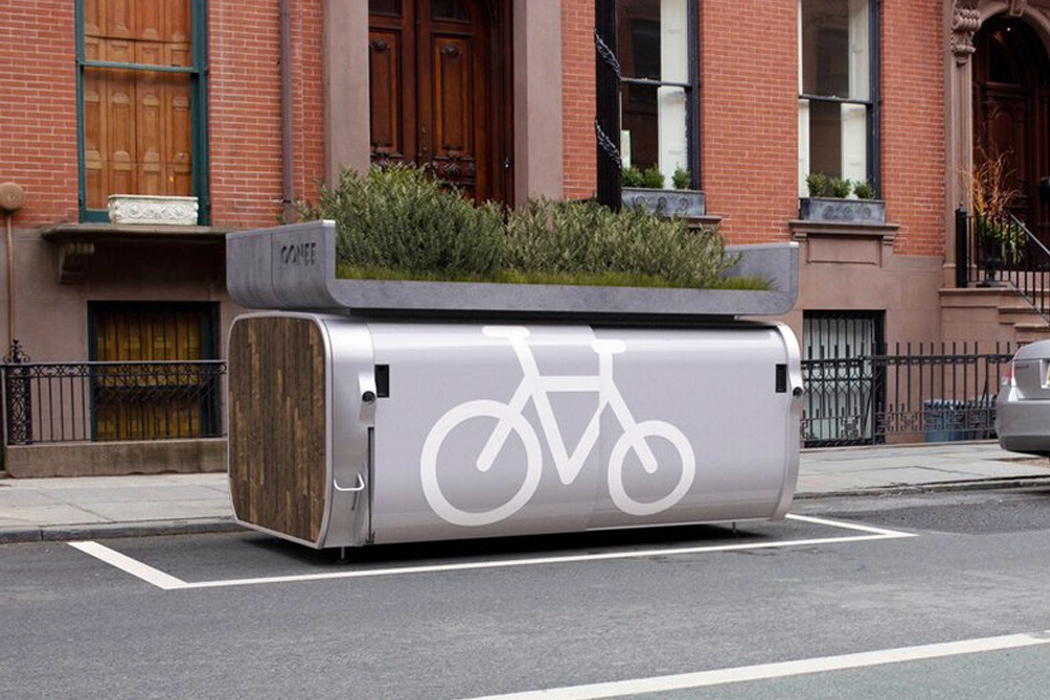
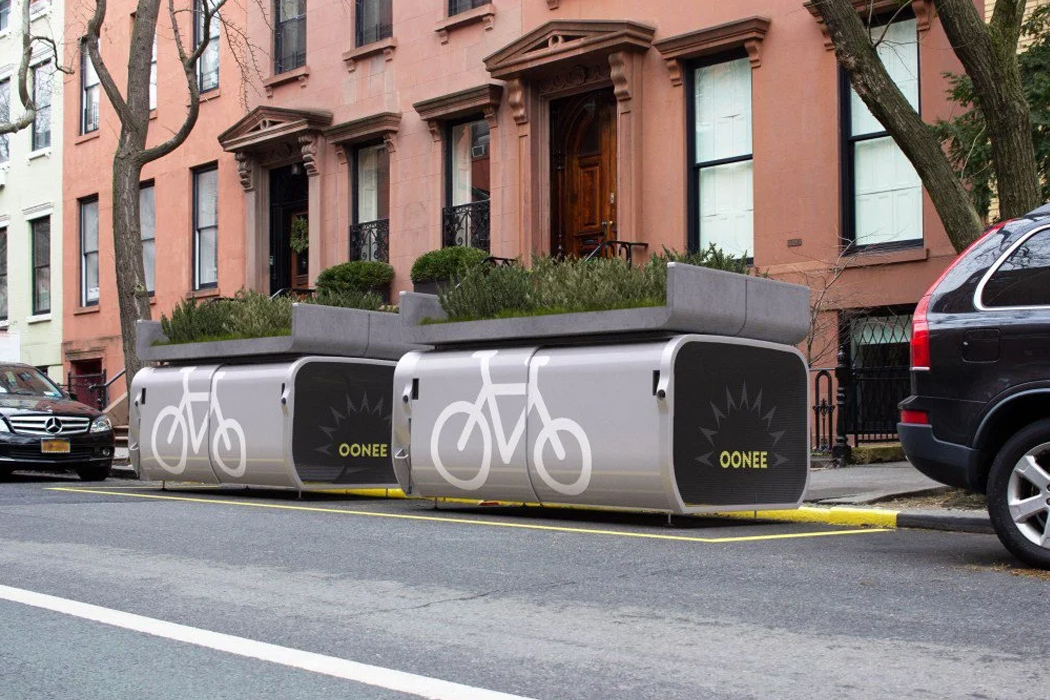
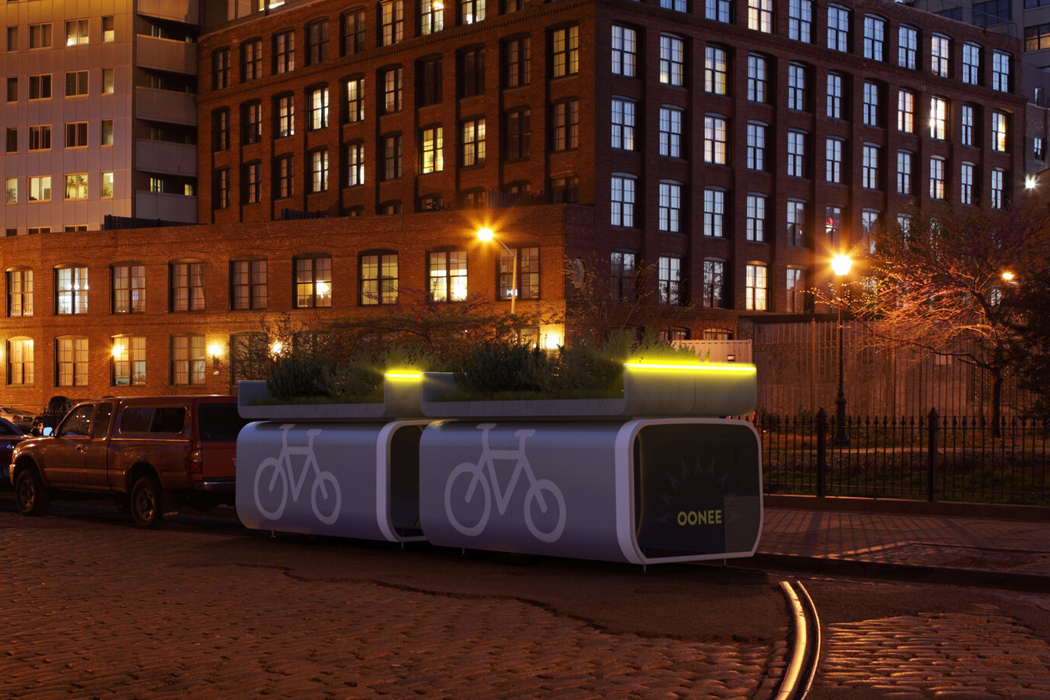

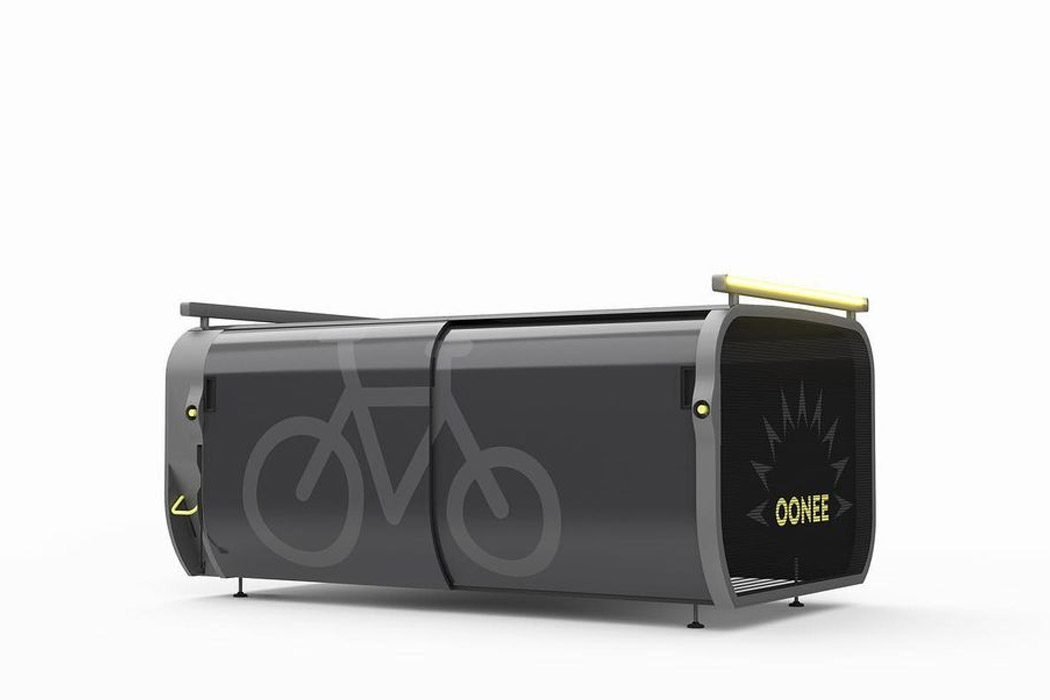
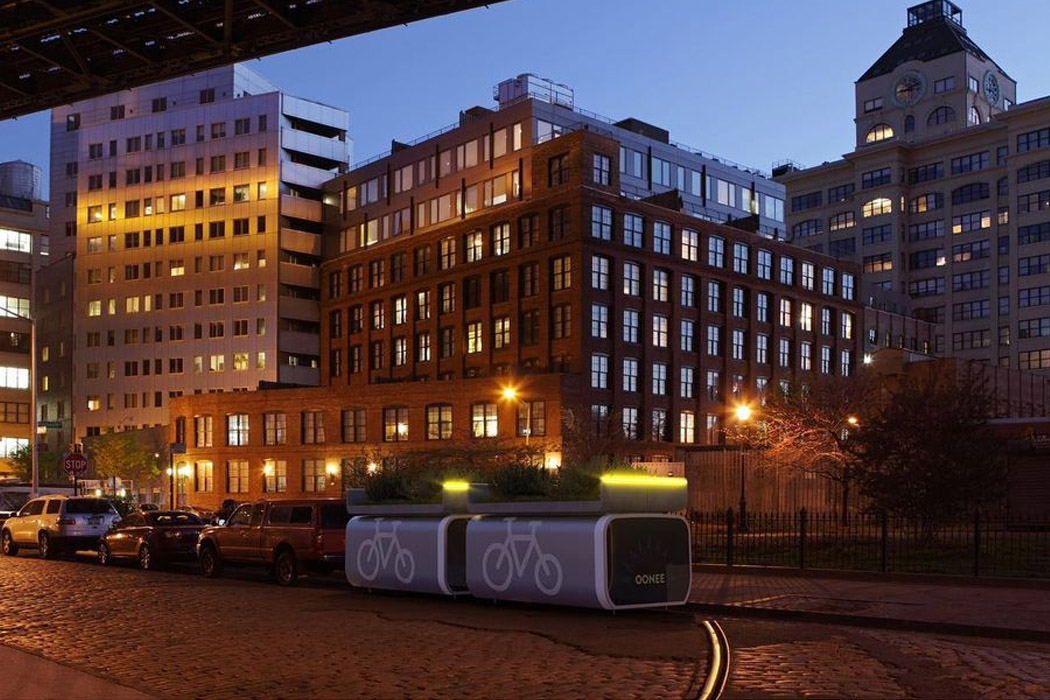
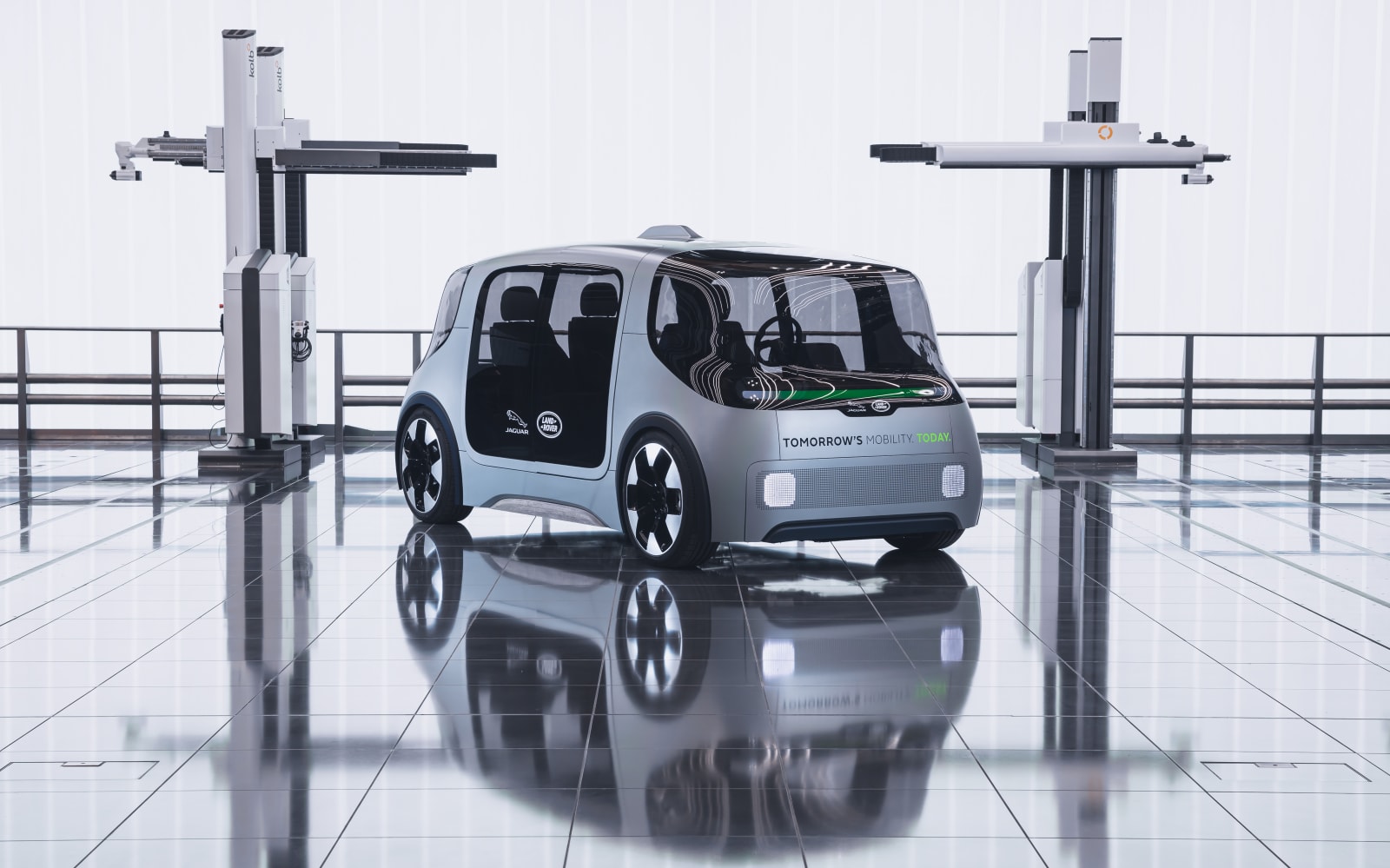 As part of Jaguar Land Rover's mission to achieve zero emissions, the company has unveiled a new concept vehicle, Project Vector. The electric vehicle is designed to provide autonomous rides in urban environments, and it could hit the streets in a pi...
As part of Jaguar Land Rover's mission to achieve zero emissions, the company has unveiled a new concept vehicle, Project Vector. The electric vehicle is designed to provide autonomous rides in urban environments, and it could hit the streets in a pi...
